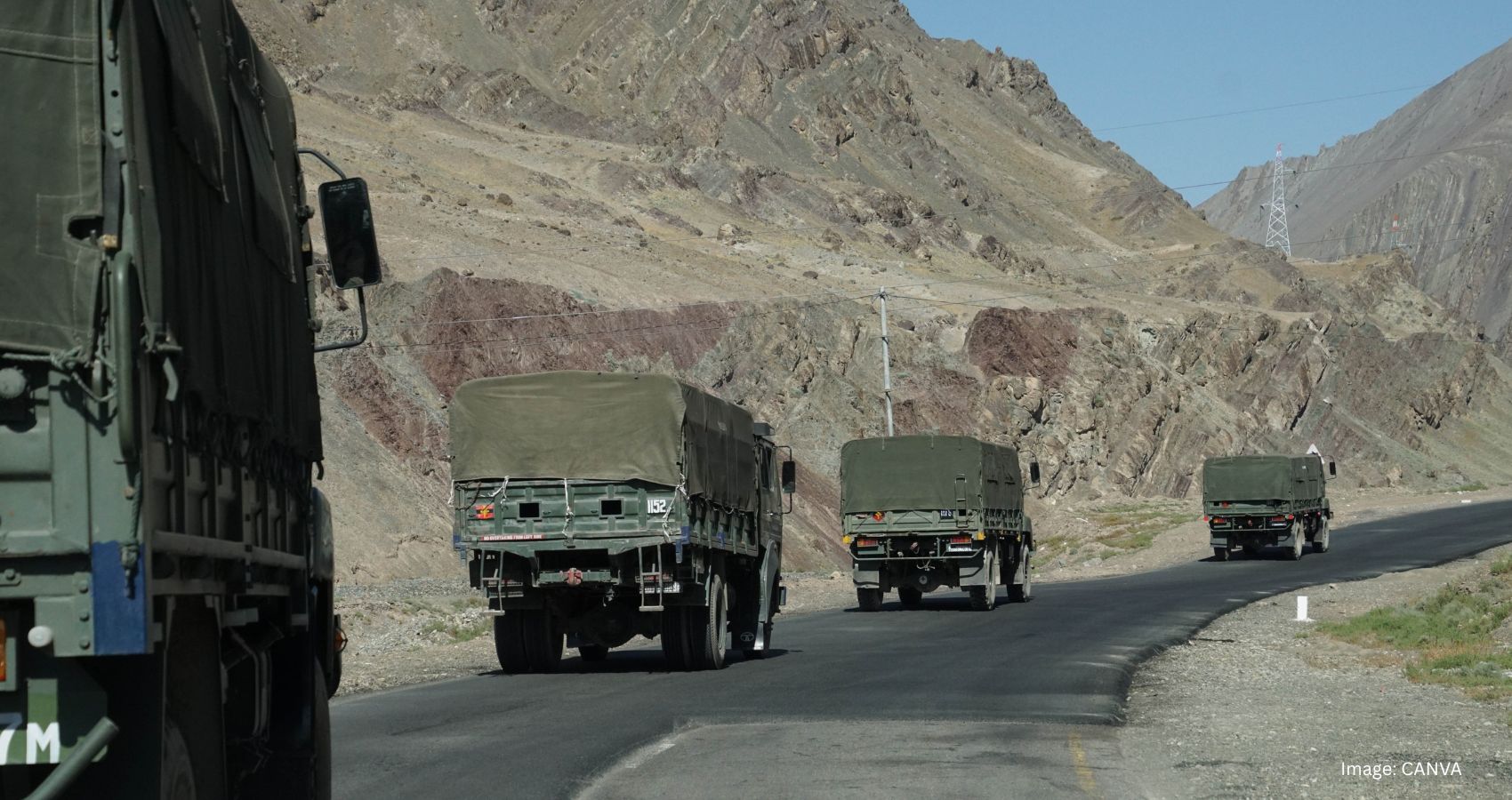Republicans in Congress are split on Elon Musk’s prominent involvement in President Trump’s efforts to shrink the government. While some appreciate his outsider perspective, others are increasingly concerned about his high-profile role, particularly as he becomes a target of Democratic criticism.
Several GOP senators worry that Musk’s outspoken approach to cutting federal jobs—many of which are in their home states—sends the wrong message at a time when inflation remains a significant challenge, and many Americans struggle financially.
Senate Majority Leader John Thune (R-S.D.) has defended Musk’s role in reforming federal agencies, but other Republican senators have expressed frustration with the way it has been handled. They argue that the process has been “flawed,” particularly as Musk has shut down agencies and pressured employees to resign.
One GOP senator criticized Musk’s buyout offer, which provided more than seven months of severance, calling it “poorly executed.” They also took issue with his latest effort to reduce the federal workforce, saying it lacked proper consideration for how agencies would be affected.
“I think they’re just looking to reduce numbers—it’s not efficiency, it’s not output. It’s, ‘We just need bodies gone.’ And I don’t know that’s the metric that you use,” the senator said.
The senator was also upset by Musk’s call for a “wave of judicial impeachments” in response to federal judges blocking Trump’s executive orders.
“Wrong, wrong, wrong. Get him out of the White House. Get him out, the sooner the better,” the senator said. “Every day that he’s there, he seems more destructive.”
Polls indicate that Musk is unpopular with independent and moderate voters, who are crucial for Republican senators seeking reelection in battleground states.
An Economist/YouGov poll conducted from Feb. 9-11 among 1,595 adult citizens found that independents disapproved of Musk’s handling of the Department of Government Efficiency (DOGE) by 18 points, with 31% approving and 49% disapproving. Among self-described moderates, 33% approved while 54% disapproved, a 21-point gap.
Another GOP senator expressed concern that Musk’s “Fork in the Road” buyout plan and subsequent workforce reductions were causing chaos. Federal workers, particularly those working remotely, have been calling Washington in a panic, unsure of what the changes mean for them.
“There’s a lot of concern among my constituents. The concern is, ‘Who is this guy?’ He’s a billionaire, which puts him in a certain category. ‘How does he have the authority if he’s not elected by anybody to do what he’s doing?’” the senator said, adding that their state has “a lot” of federal workers.
The senator also described widespread “confusion” over Musk’s buyout plan, noting that it was offered, then withdrawn, put on hold by a judge, reinstated, and now applies only to certain agencies.
Musk’s decision to dismantle the U.S. Agency for International Development (USAID) has also raised concerns, particularly among farmers who rely on it for selling products used in global food assistance programs.
Another Republican senator noted that several Head Start programs in their state were shut down, while nonprofit organizations that depend on regular federal funding now face uncertainty.
A separate GOP senator was troubled by reports that Musk’s team had accessed the Department of Veterans Affairs (VA), which serves 9 million enrolled veterans through more than 1,200 facilities. The VA has over 43,000 probationary employees, many of whom were alarmed when the U.S. Office of Personnel Management, now under Musk’s control, directed agencies to begin terminating recently hired workers.
Some Republicans have publicly criticized Musk’s prominent role.
Senate Appropriations Committee Chair Susan Collins (R-Maine) stated that Trump had given Musk too much authority.
“There’s no doubt that the president appears to have empowered Elon Musk to go far beyond what I think is appropriate,” she told reporters earlier this month.
Collins also questioned Trump’s decision to suspend enforcement of the Foreign Corrupt Practices Act for 180 days. The law had previously resulted in penalties for two of Tesla’s suppliers.
“First of all, I don’t think the administration should be suspending laws. That’s the basic issue here,” she said.
She has also pushed back against Trump and Musk’s moves to freeze broad federal grants and loans and to reorganize federal agencies without notifying Congress.
Republican senators say Musk’s aggressive online presence has alarmed constituents who are already skeptical about his access to federal programs, the Treasury Department’s sensitive payment systems, and millions of Americans’ personal data.
Musk boasted on his social media platform X, “We spent the weekend feeding USAID into the woodchipper. Could have gone to some great parties. Did that instead.”
Speaking virtually at Dubai’s annual World Government Summit, Musk compared federal agencies to invasive weeds.
“I think we do need to delete entire agencies, as opposed to leave part of them behind. … It’s kind of like leaving a weed,” he said. “If you don’t remove the roots of the weed, then it’s easy for the weed to grow back.”
Musk’s actions have given Democrats ample material to argue that Trump has effectively handed over control of the government to someone with numerous conflicts of interest.
Sens. Elizabeth Warren (D-Mass.), Jeff Merkley (D-Ore.), and Adam Schiff (D-Calif.) have led a group of lawmakers calling for Musk, who holds a special government position, to publicly release his financial disclosures.
“Given the scale of your power to carry out sweeping administrative policies and your vast personal financial interests, the American people deserve to know how you stand to profit from your role in the Trump administration,” the senators wrote in a letter to Musk on Thursday.
They highlighted his access to the Treasury Department’s payment systems, which store Americans’ Medicare, Social Security, and student loan data—potentially violating the Privacy Act of 1974.
Additionally, they accused him of “illegally” attempting to dismantle USAID and the Consumer Financial Protection Bureau.
Despite criticism, some Republicans support Musk’s aggressive approach to reforming the federal bureaucracy.
Thune told Fox News’s “America’s Newsroom” that “people are very supportive, and we are, too,” of Musk’s efforts at DOGE.
“This is a scrub that’s long overdue. There are so many systems in our federal government that are antiquated,” he said. “You know, people operating in silos, bureaucracies built on top of bureaucracies.
“I’m delighted that it’s happening, and we want to do everything we can to be supportive,” he said.
Sen. Kevin Cramer (R-N.D.) laughed when asked about Musk’s low approval ratings among moderates and independents.
“That’s funny, I’ve always thought of him as a bit of a moderate independent,” he said, though he acknowledged Musk’s “provocative” presence on social media.
“I think he fits right in with Donald Trump, certainly with the people that are glad to see a ball-breaker in there,” he said. “I’ve talked about the need for some guardrails if he’s getting too close to the areas he could benefit from. Even if it’s just for appearance’s sake.”
“Otherwise, most people I know are cheering him on,” he said.


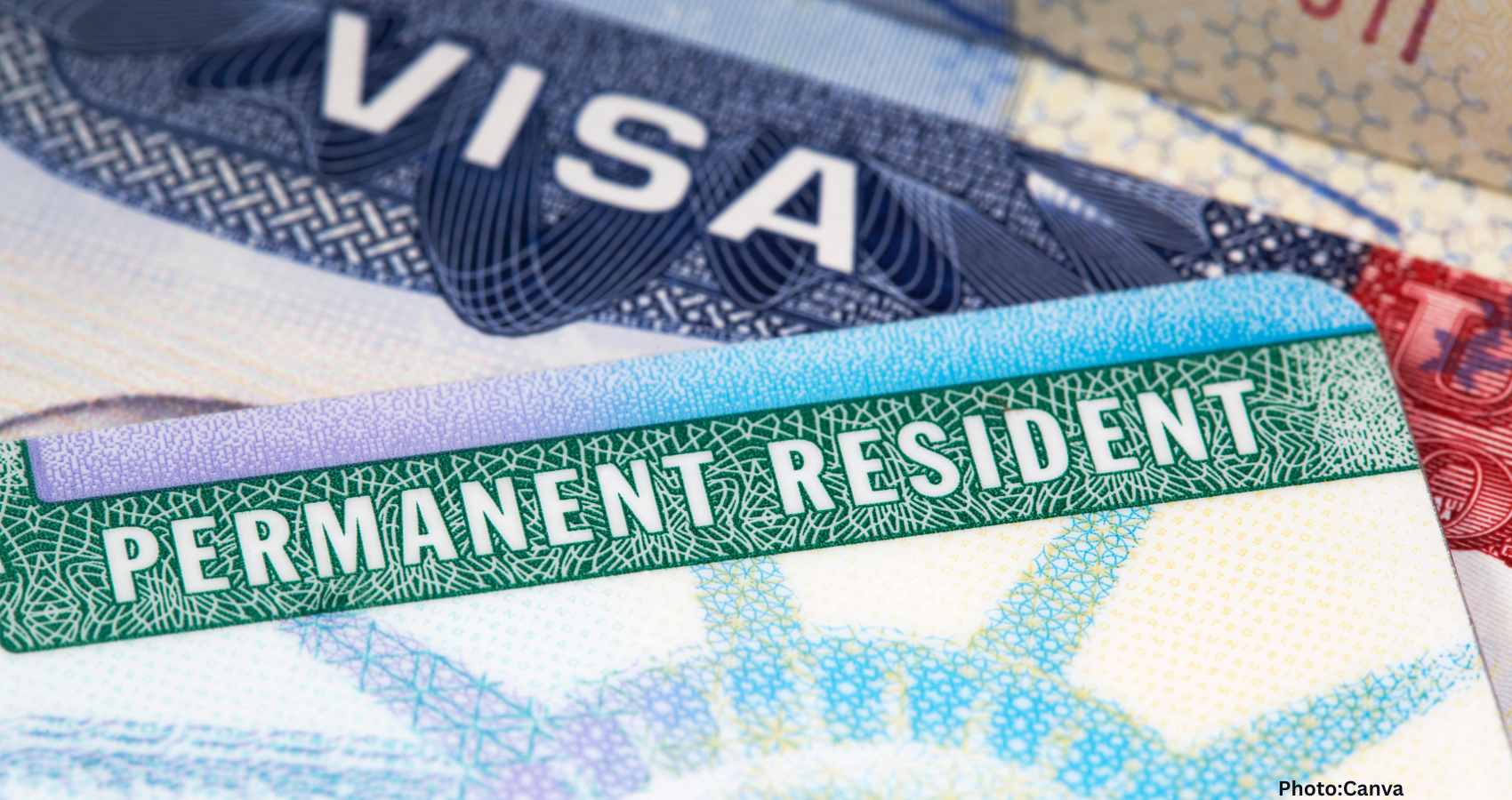
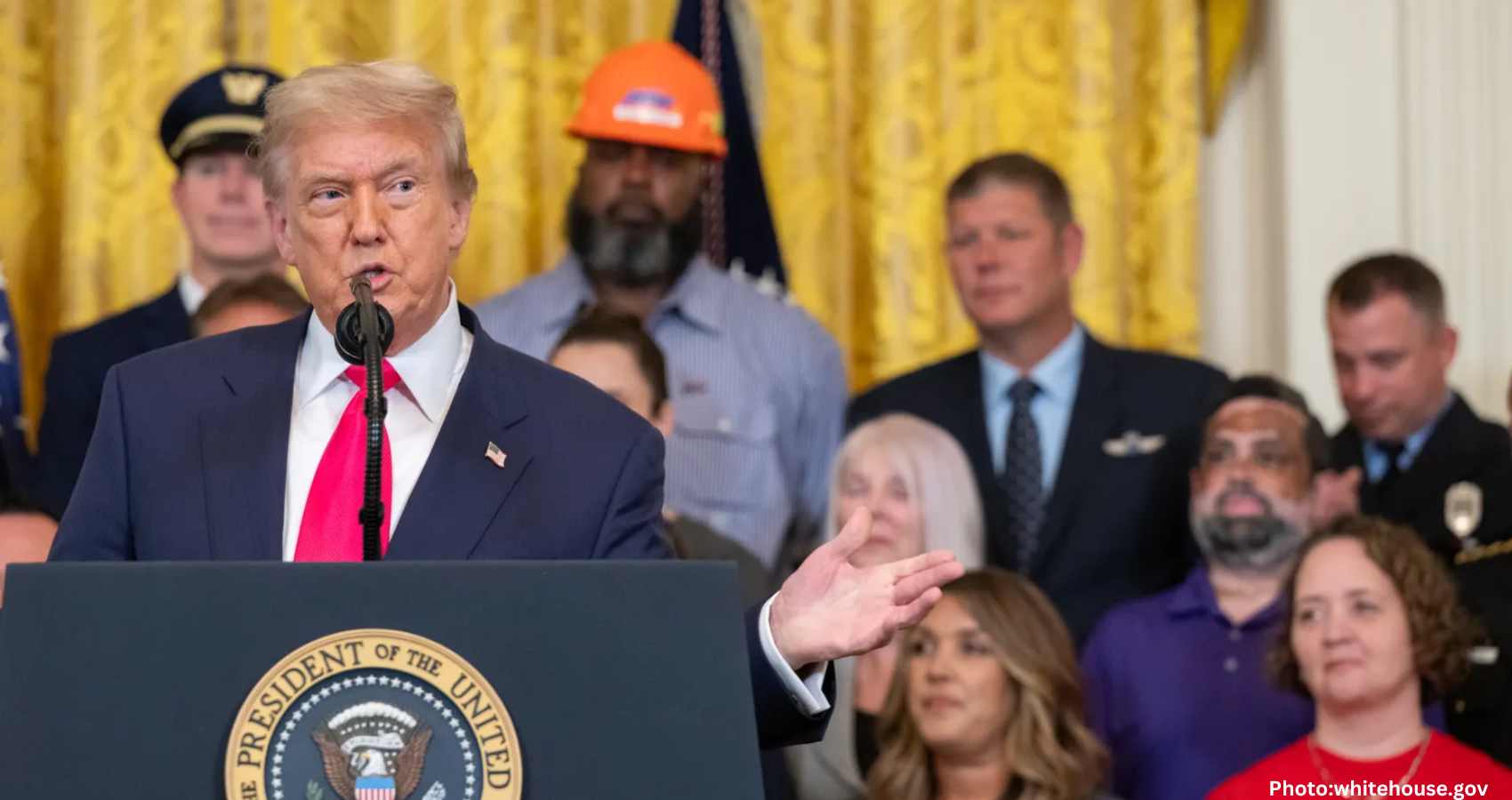
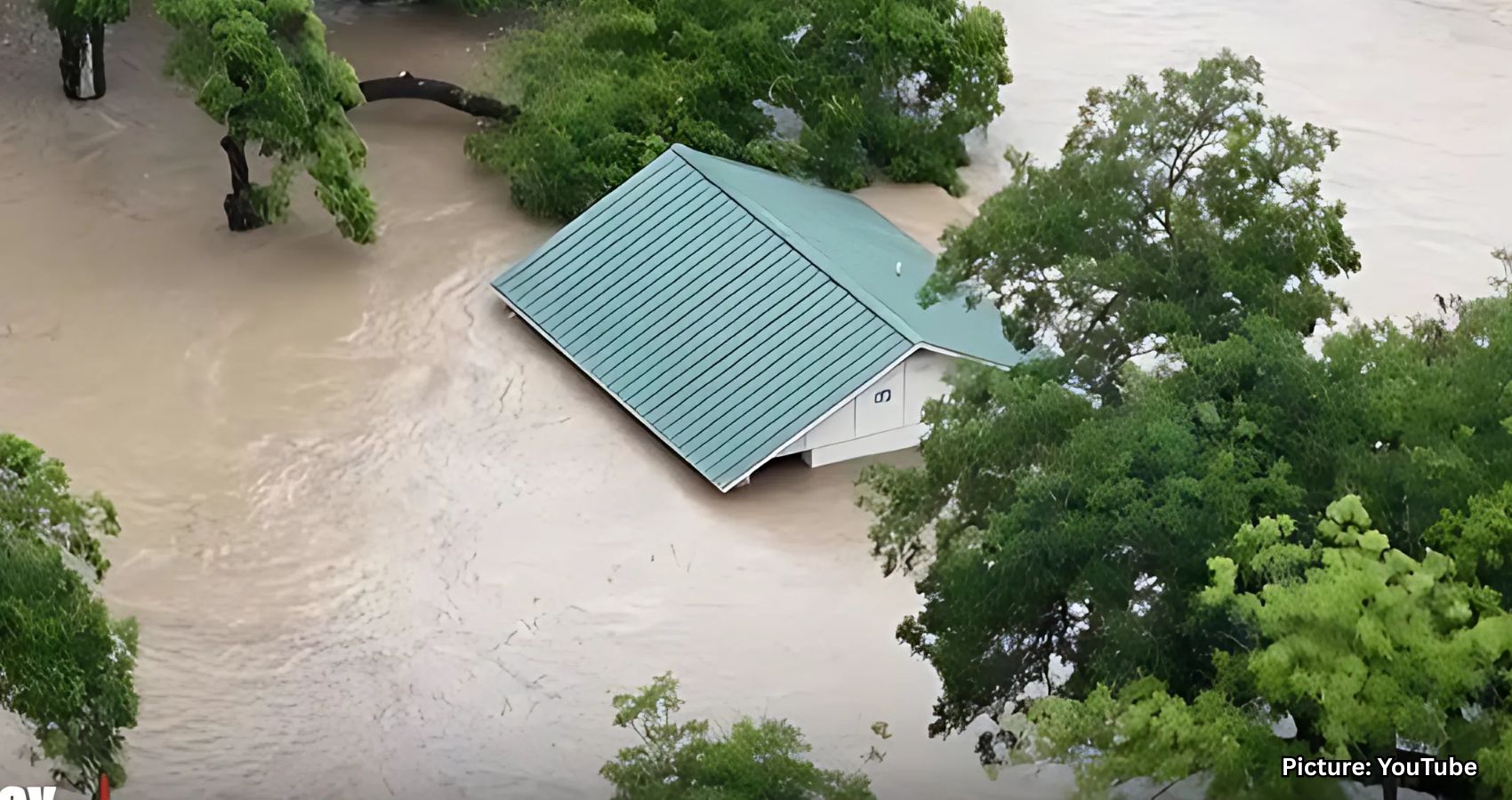
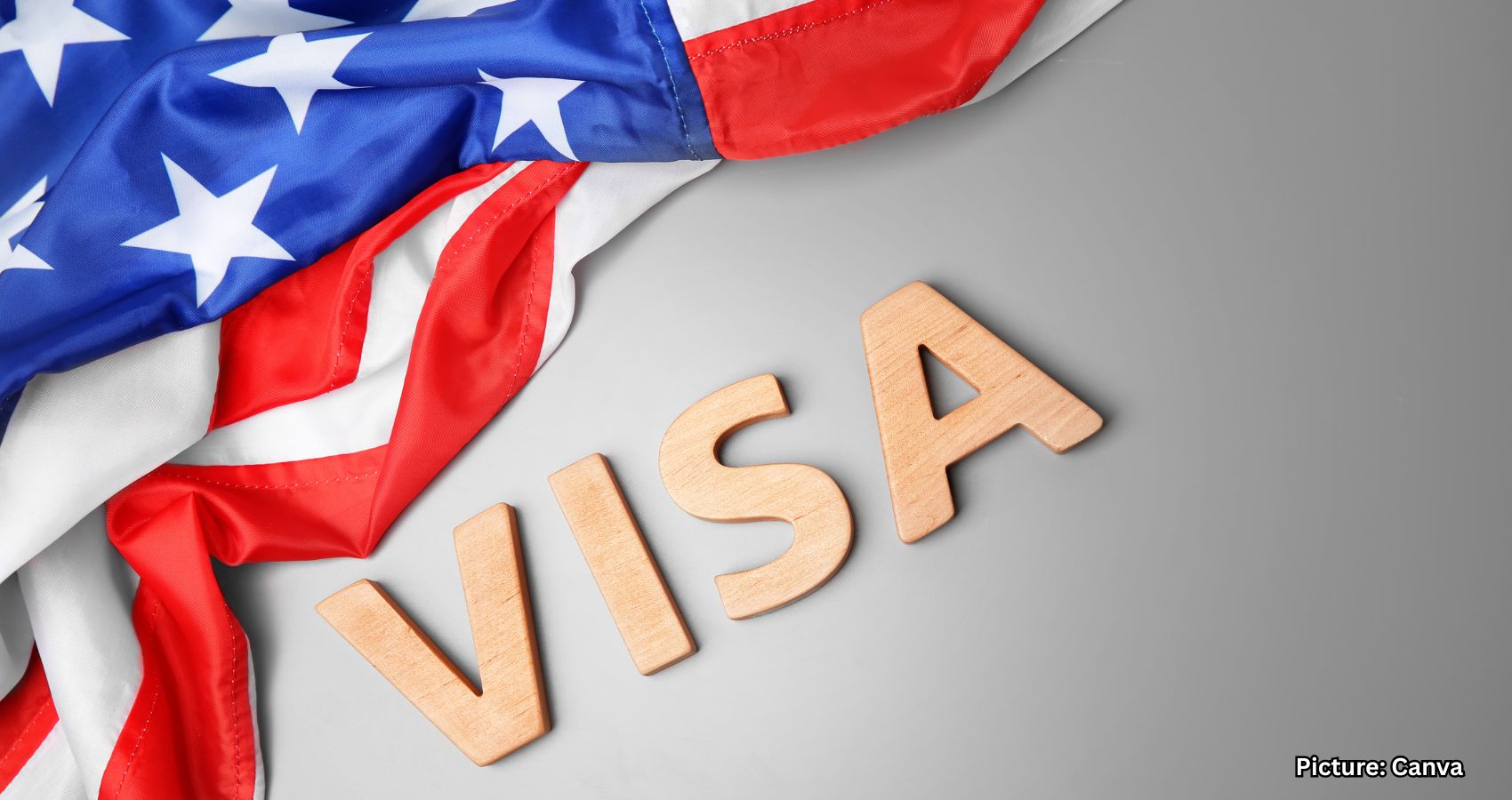
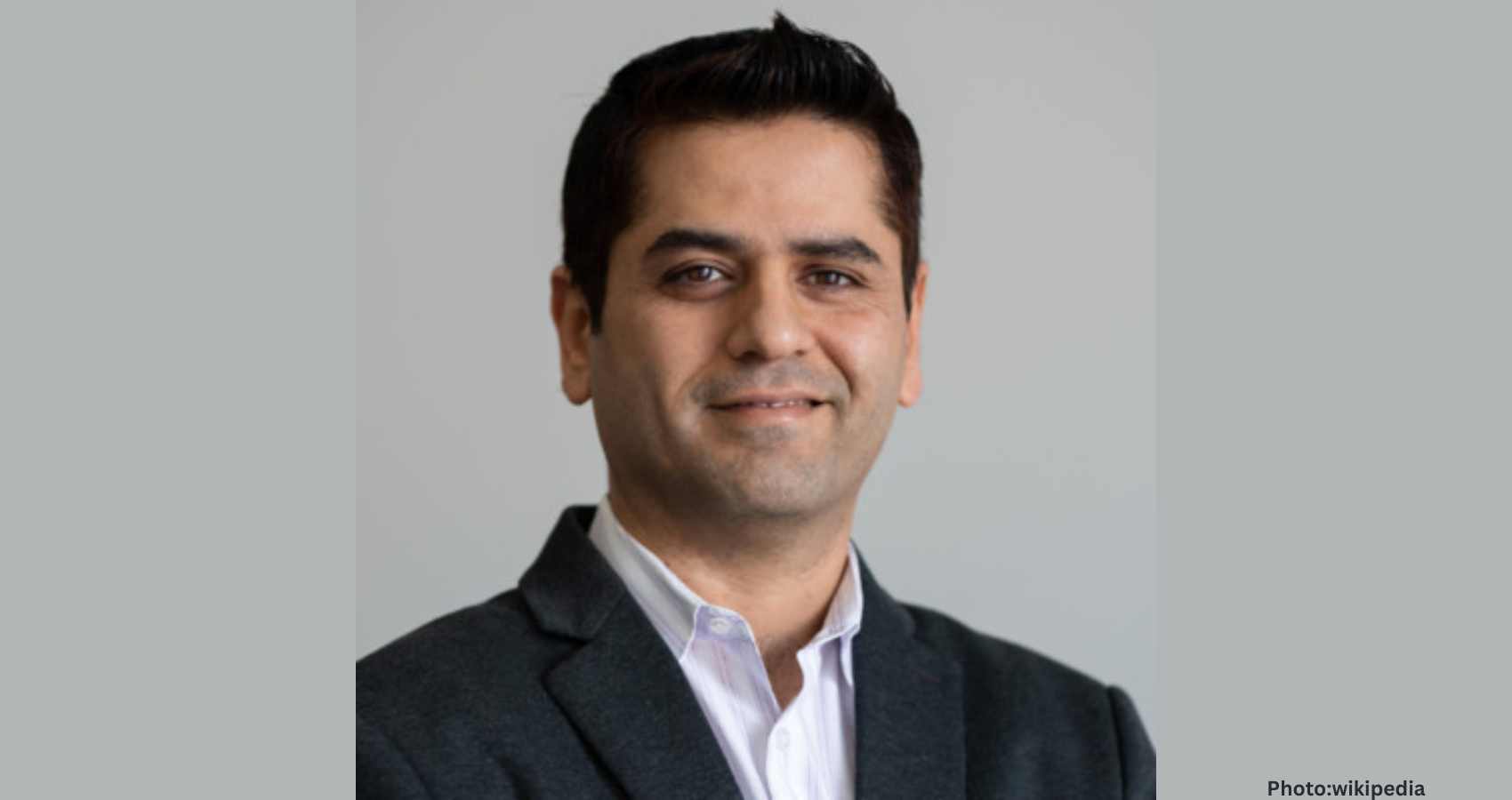
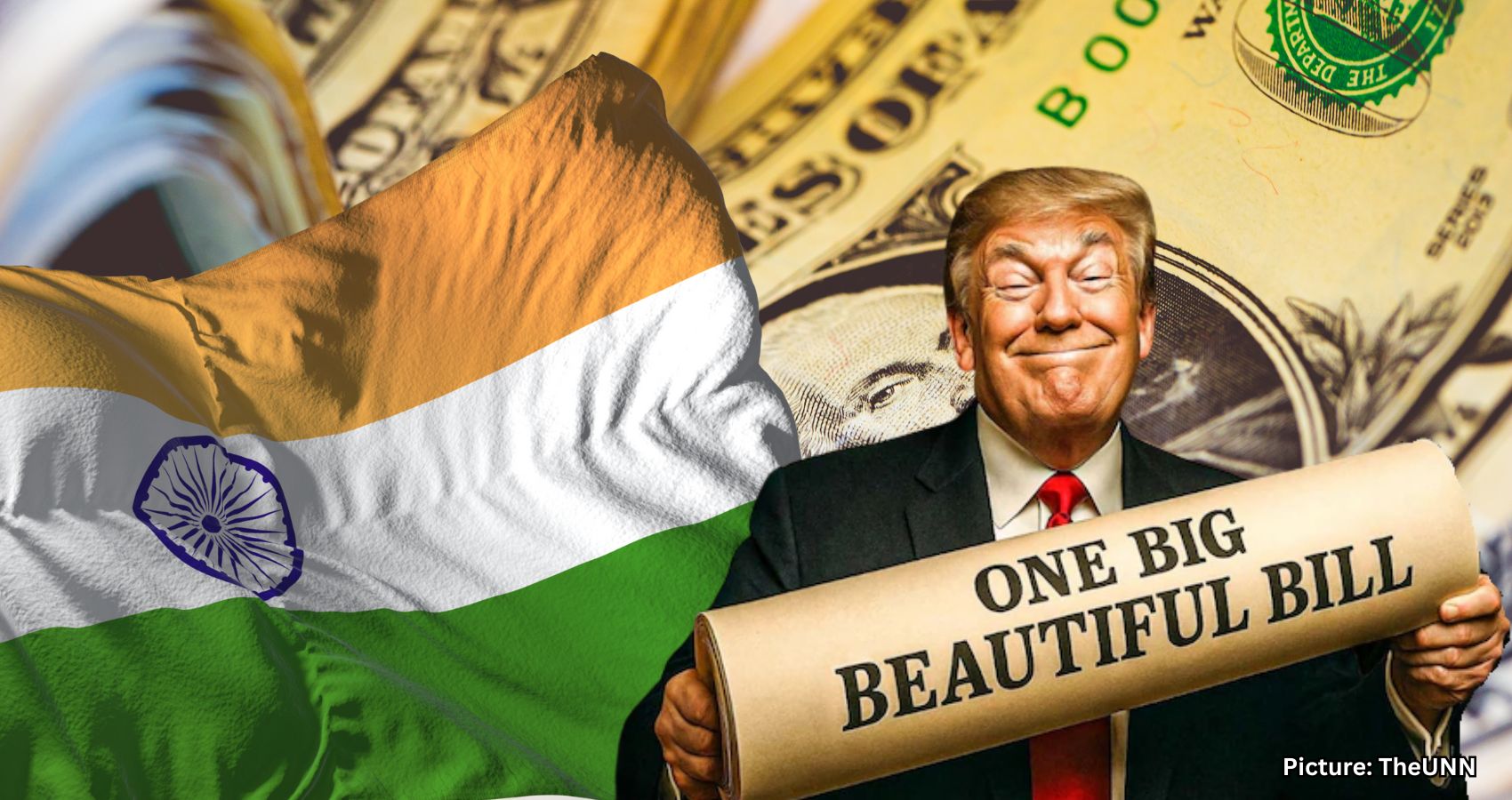
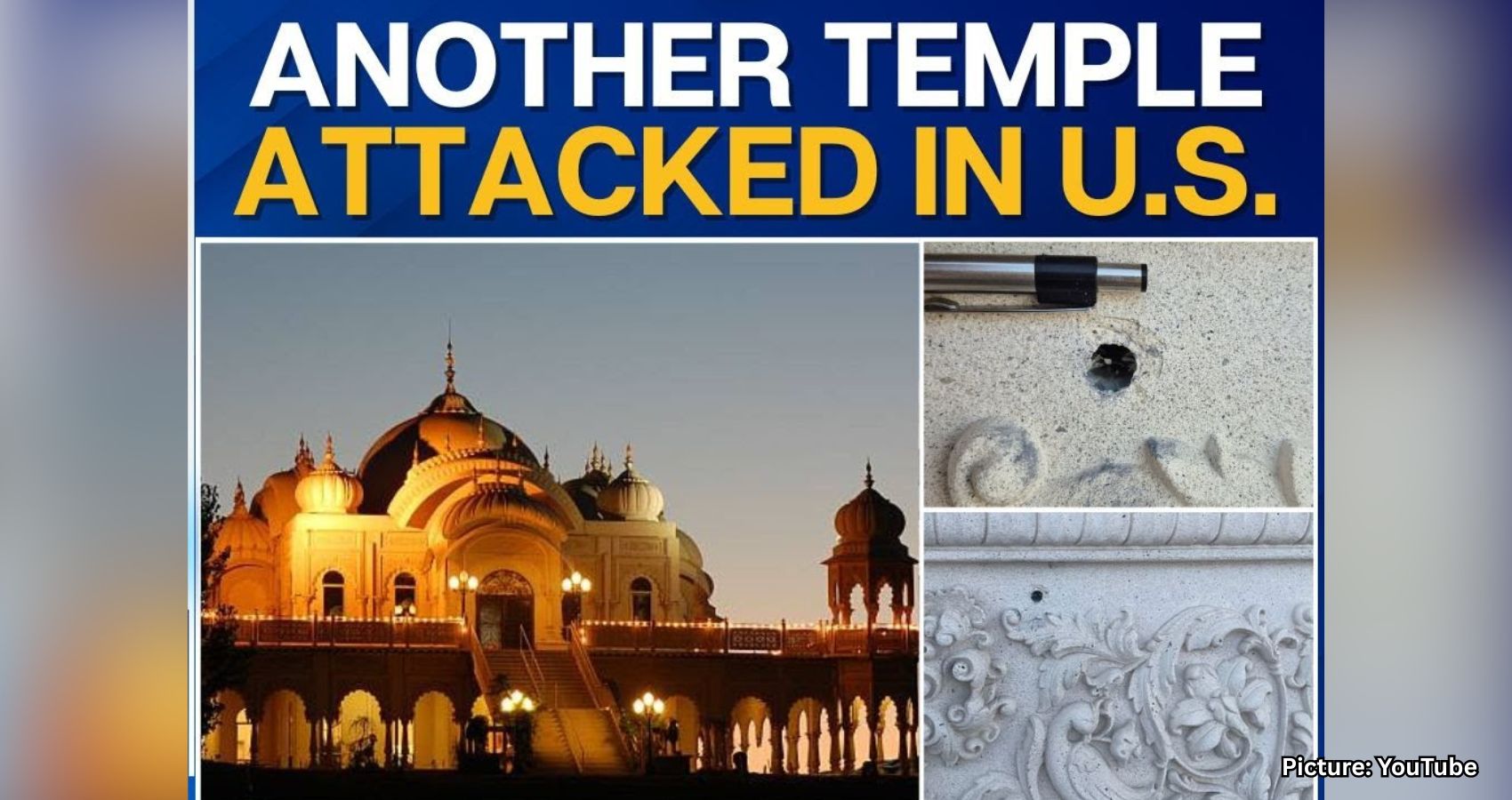
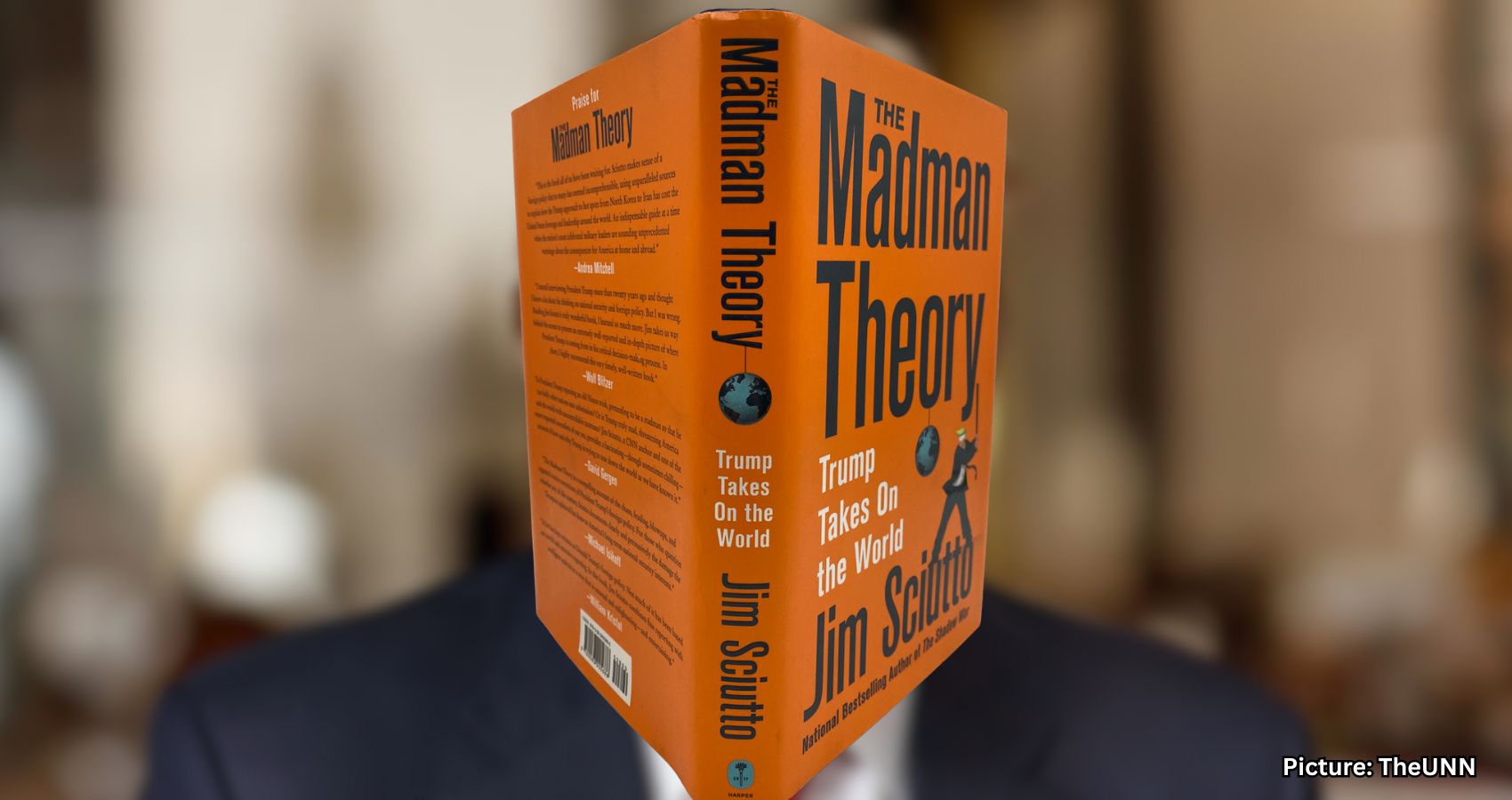
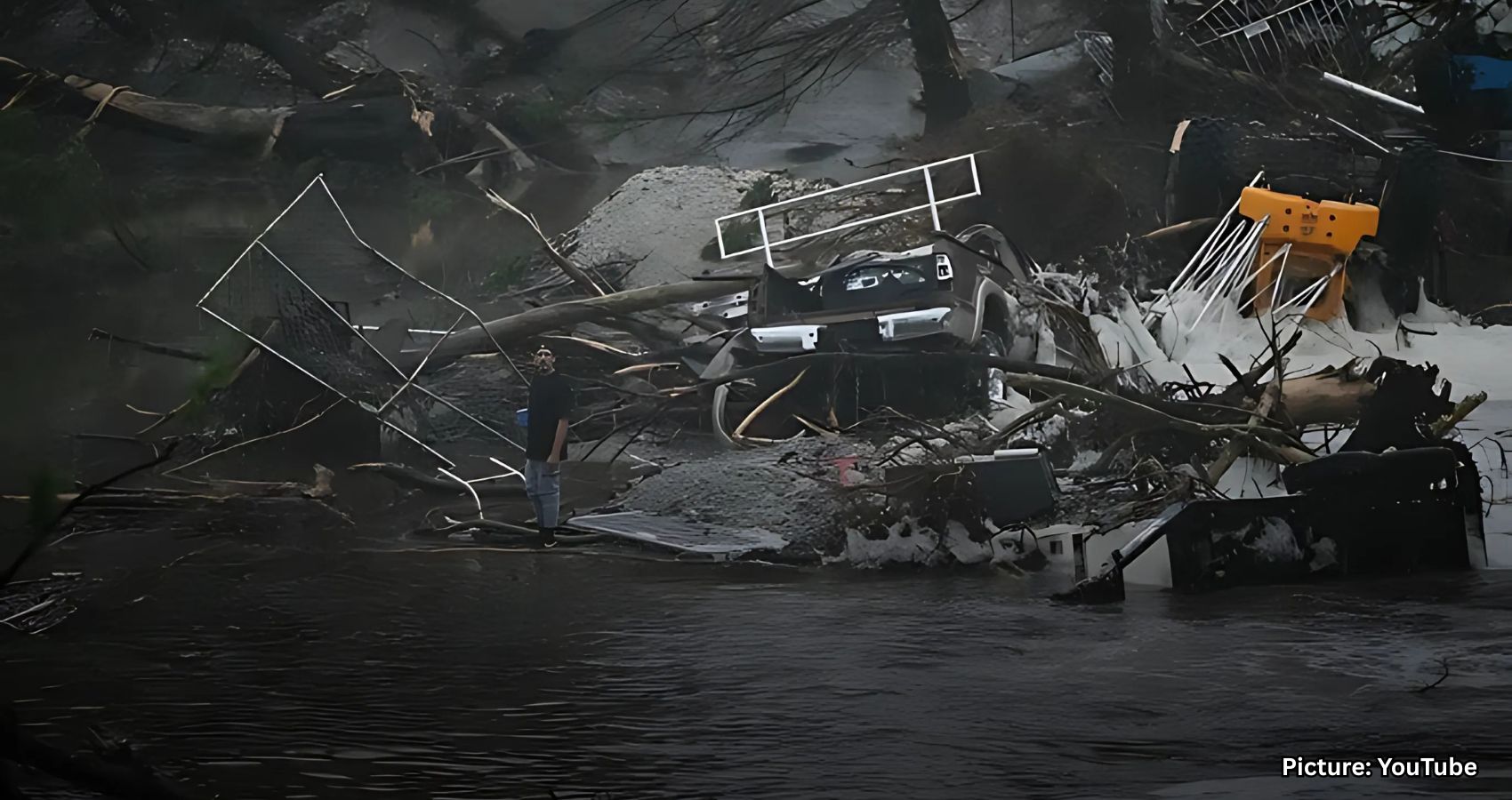
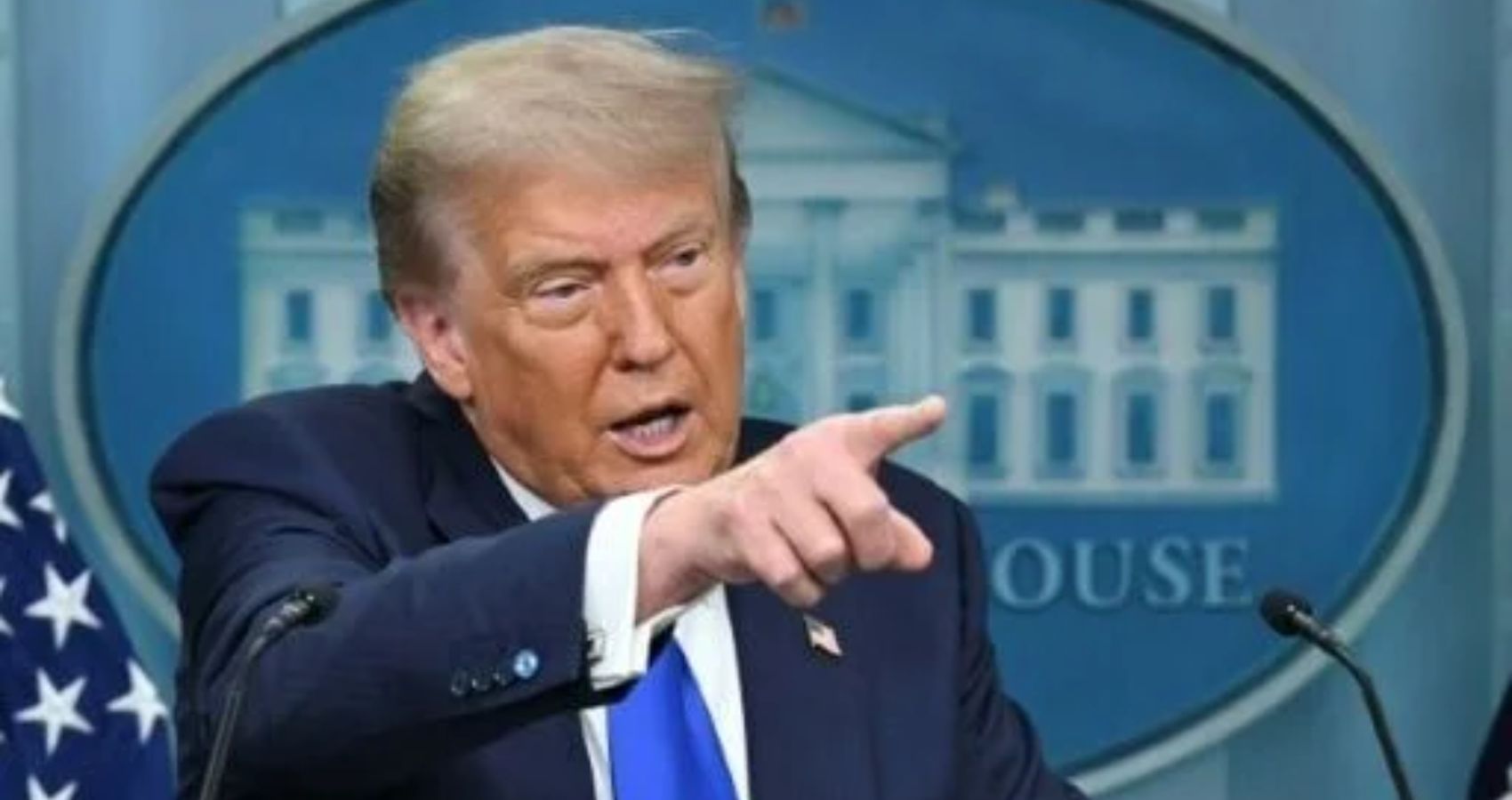

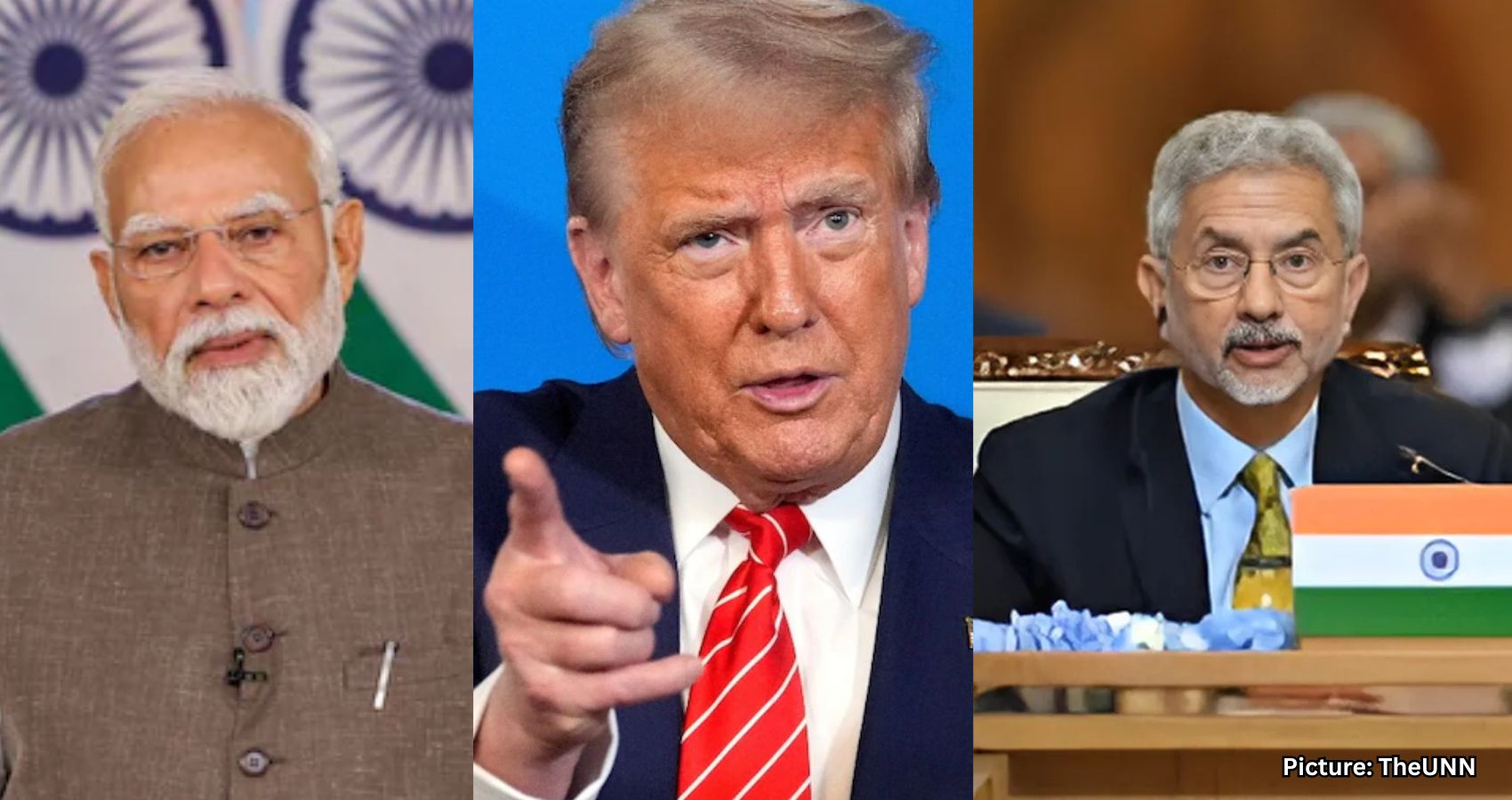
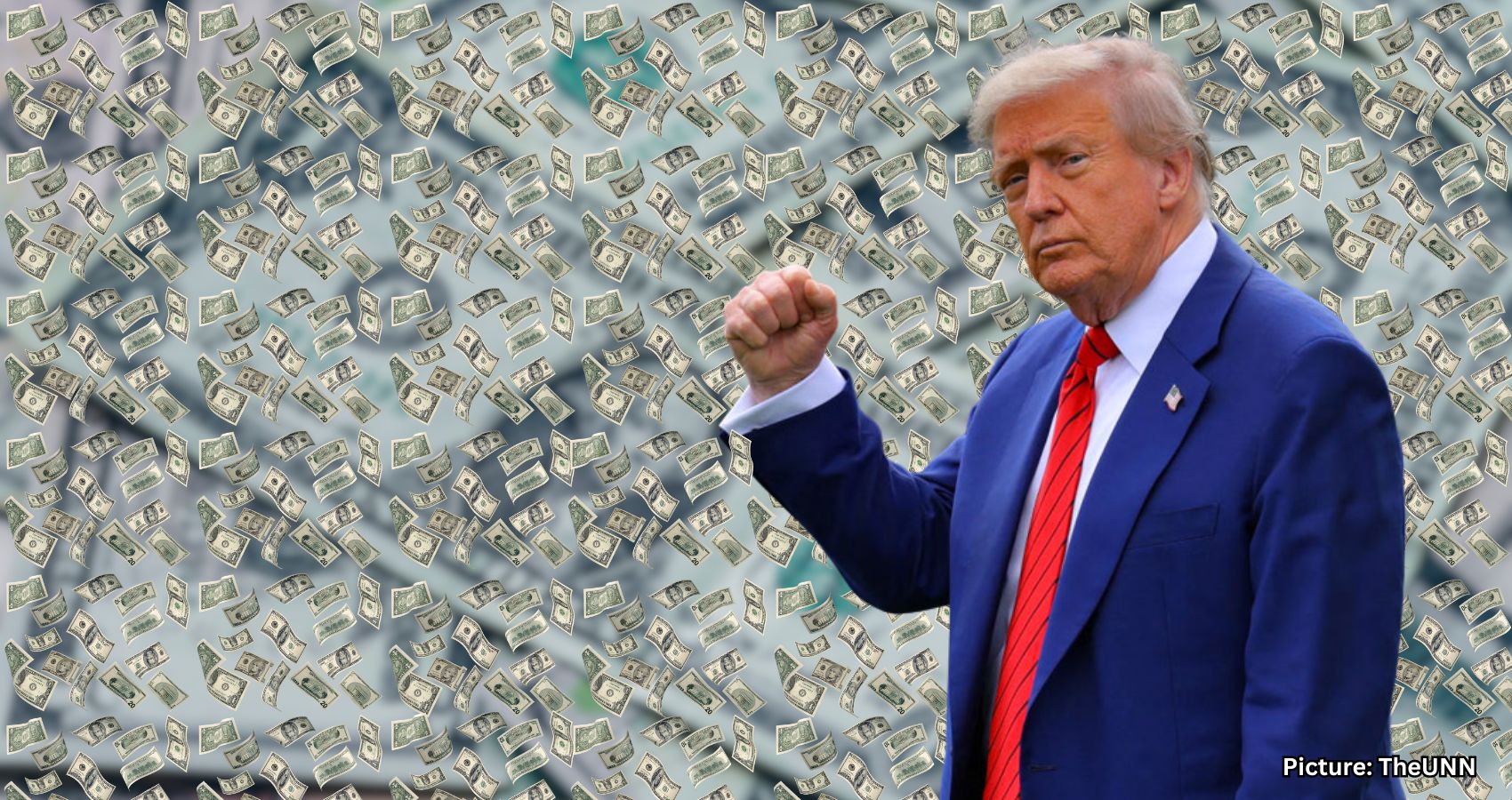

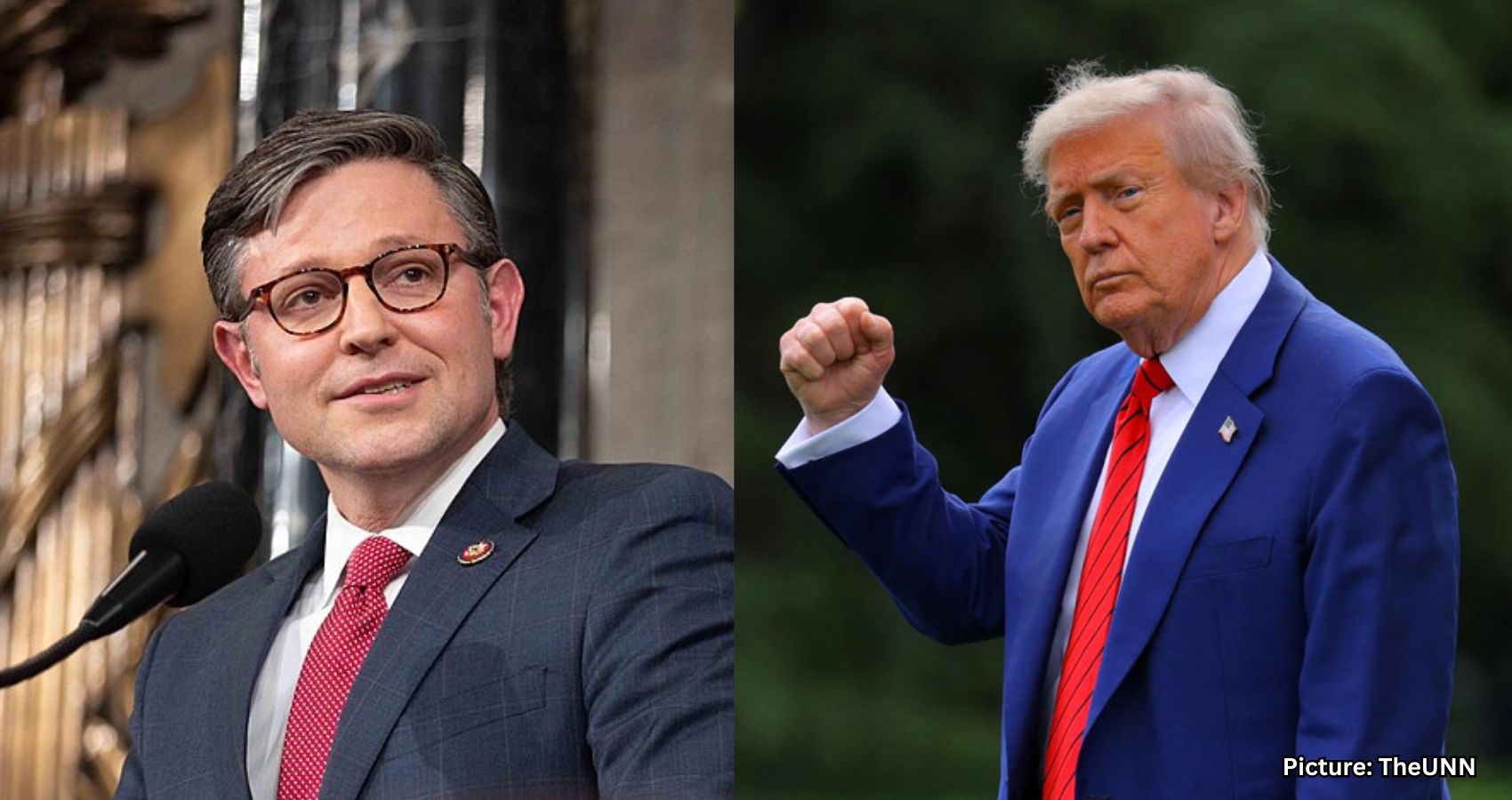
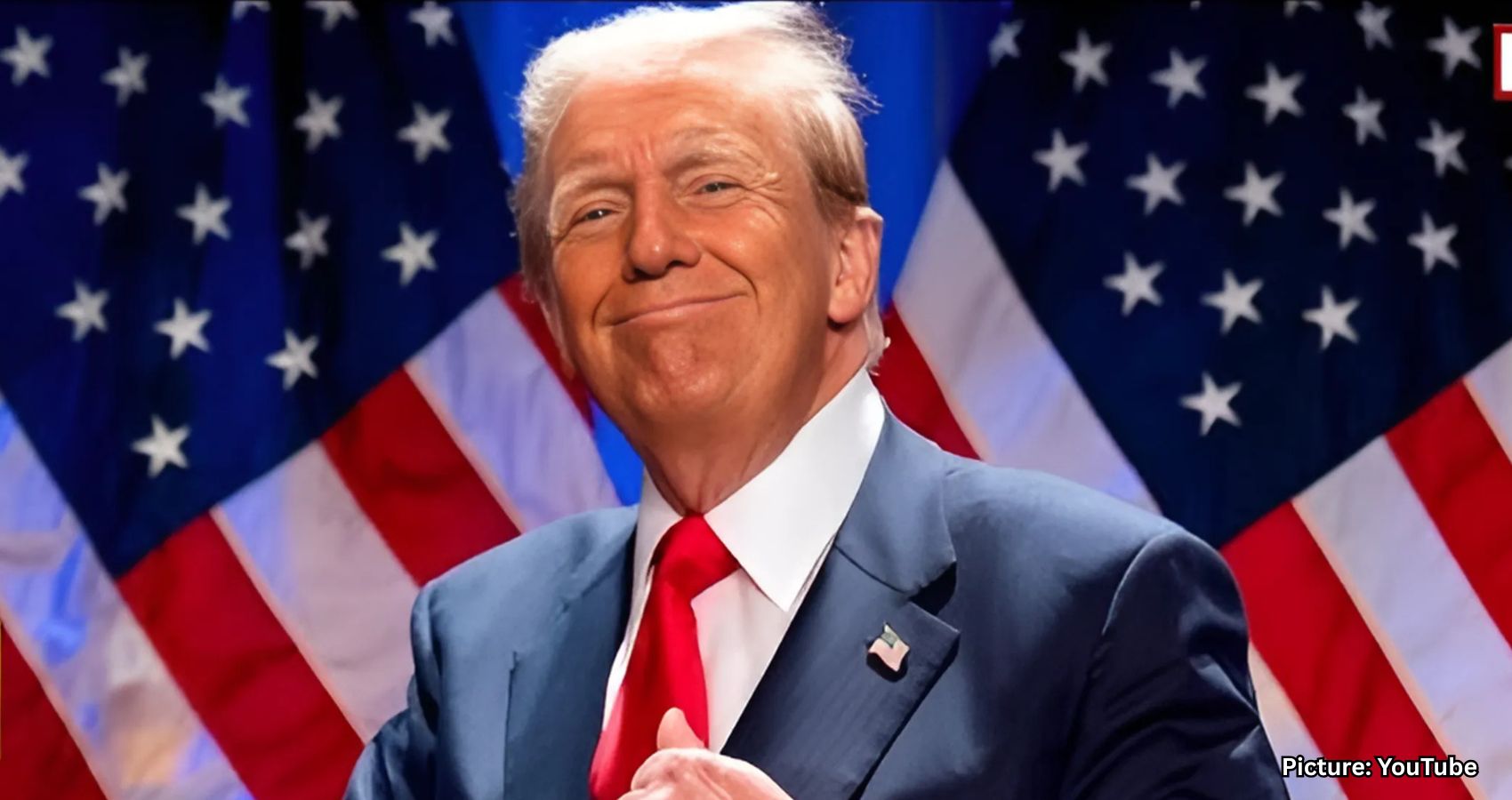
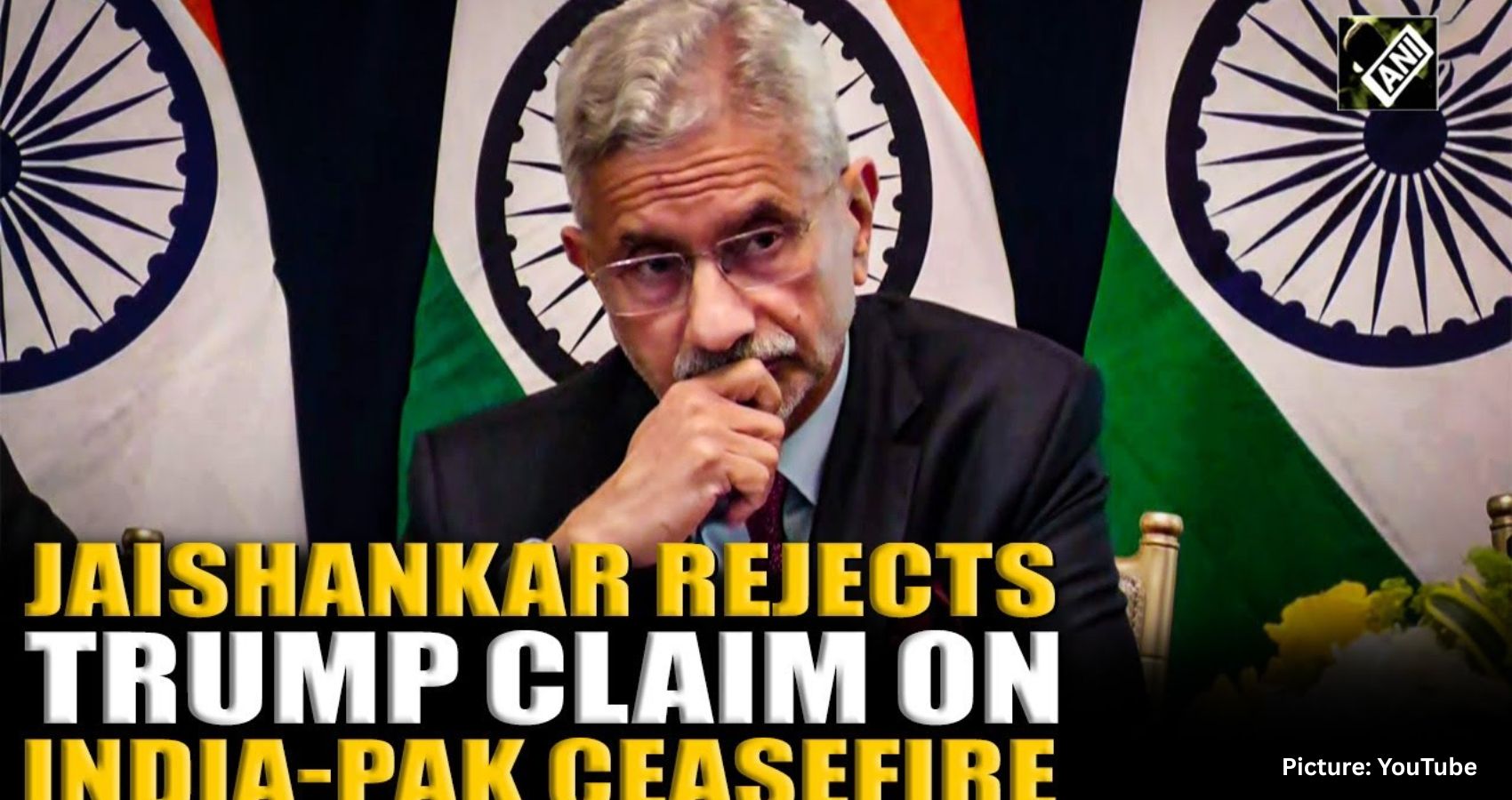
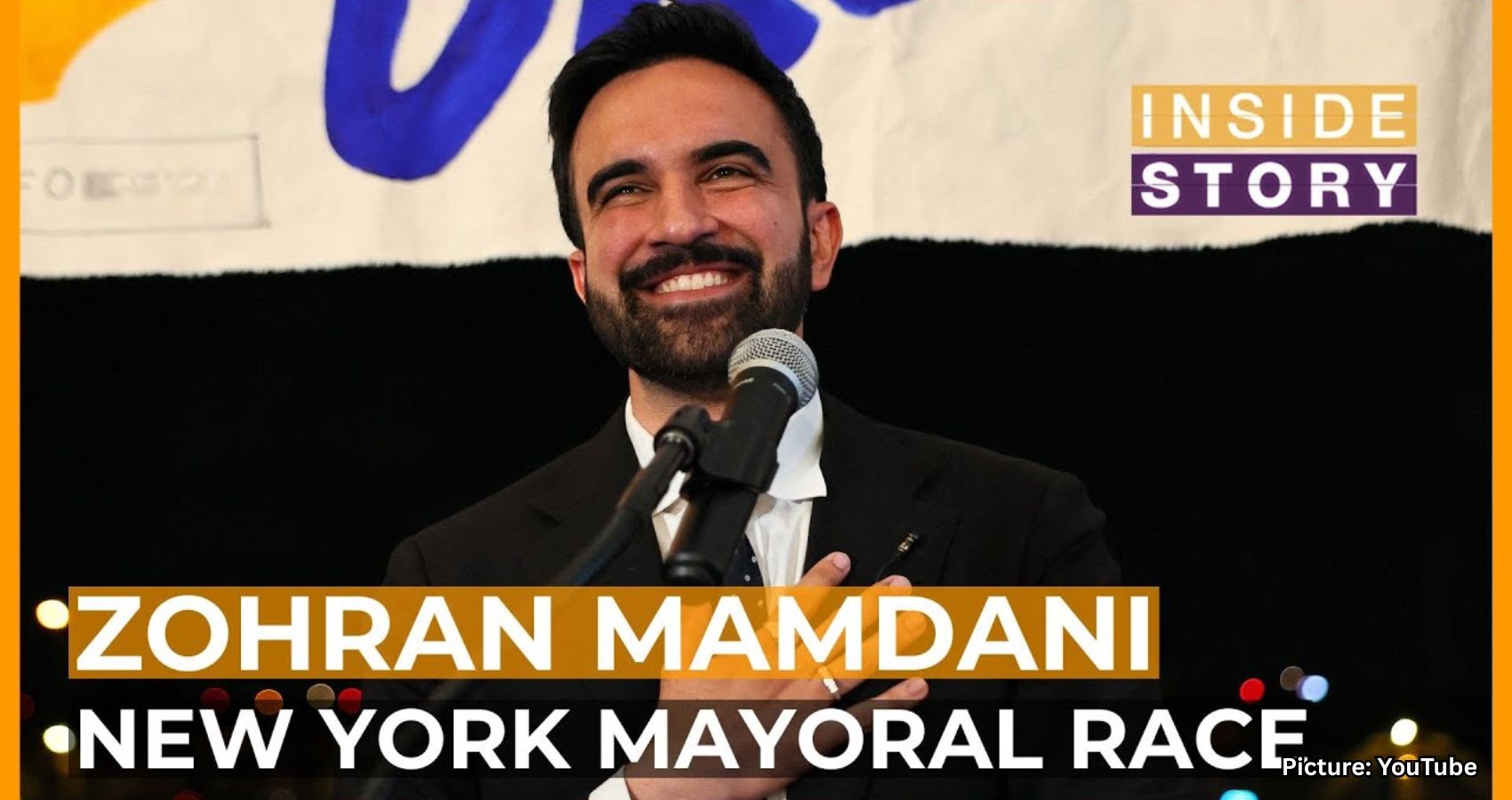



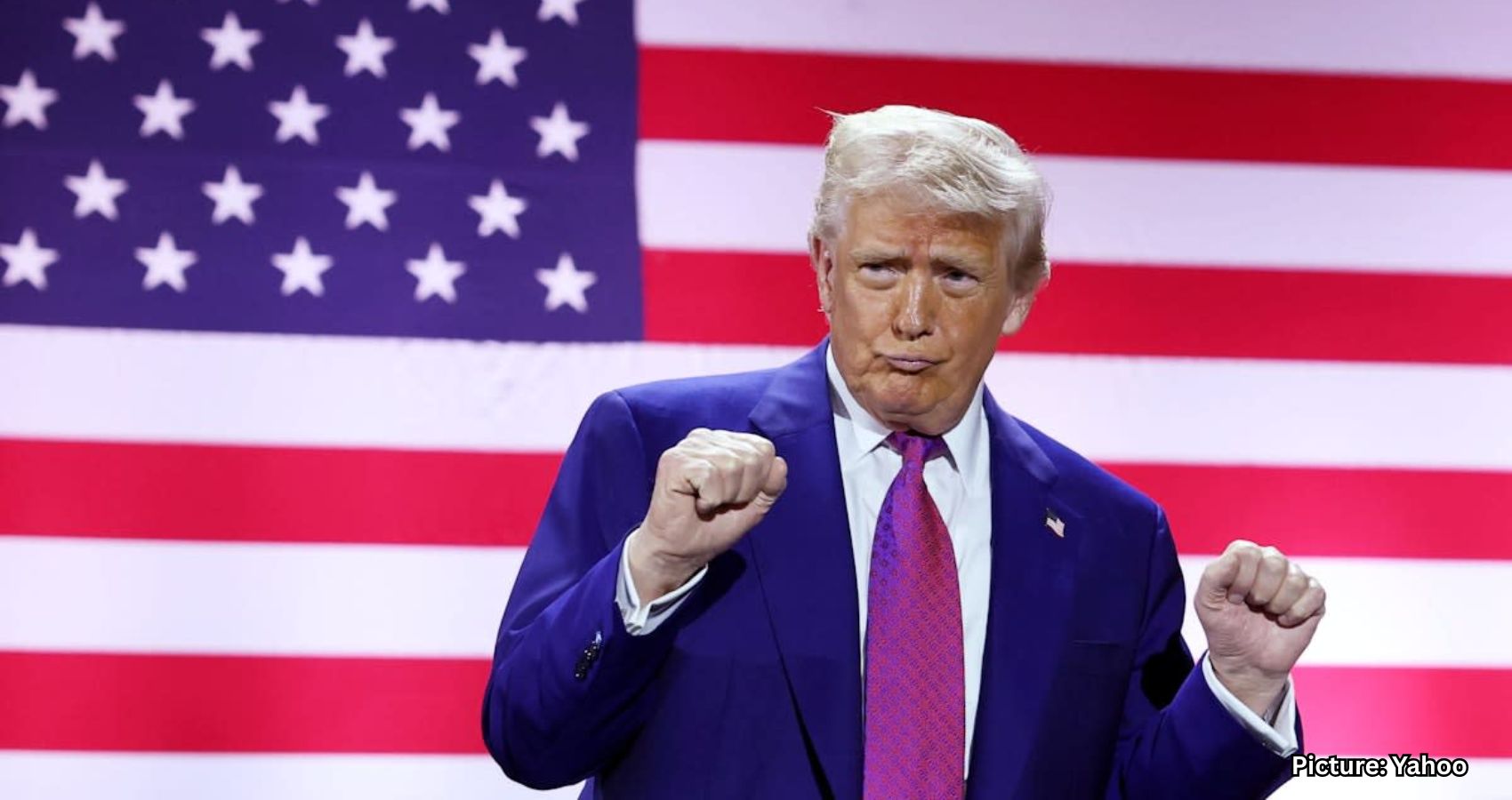


 presenting Amiwala with a handcrafted poster titled “Bushra’s Brigade: Igniting Change in 2026.” The vibrant artwork, adorned with symbols of unity and progress, captured the spirit of the campaign and inspired attendees to rally behind Amiwala’s vision. “This poster represents our collective hope,” Feroz said. “Bushra’s leadership will light the way for a brighter future.”
presenting Amiwala with a handcrafted poster titled “Bushra’s Brigade: Igniting Change in 2026.” The vibrant artwork, adorned with symbols of unity and progress, captured the spirit of the campaign and inspired attendees to rally behind Amiwala’s vision. “This poster represents our collective hope,” Feroz said. “Bushra’s leadership will light the way for a brighter future.” The event also highlighted Amiwala’s remarkable journey. A Google tech professional with an MBA from Kellogg-Northwestern, she has been recognized as Glamour Magazine’s College Woman of the Year, Seventeen Magazine’s Voice of the Year, and a Forbes 30 Under 30 honoree. Her story has been featured in documentaries on Hulu, Amazon, and PBS, cementing her as a role model for future leaders. As an International Peace Ambassador Award recipient from the United Nations, Amiwala’s global perspective informs her local mission.
The event also highlighted Amiwala’s remarkable journey. A Google tech professional with an MBA from Kellogg-Northwestern, she has been recognized as Glamour Magazine’s College Woman of the Year, Seventeen Magazine’s Voice of the Year, and a Forbes 30 Under 30 honoree. Her story has been featured in documentaries on Hulu, Amazon, and PBS, cementing her as a role model for future leaders. As an International Peace Ambassador Award recipient from the United Nations, Amiwala’s global perspective informs her local mission.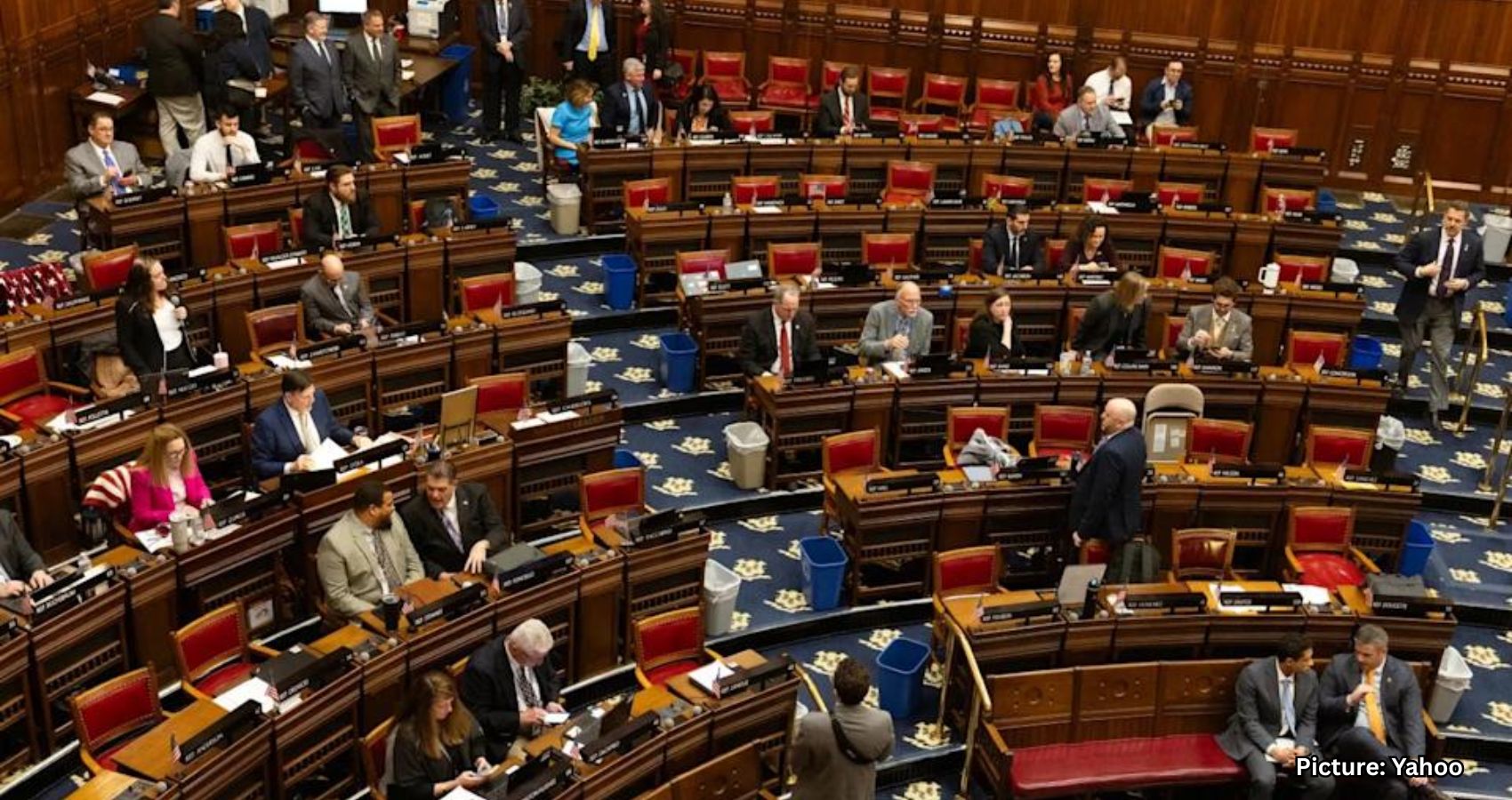

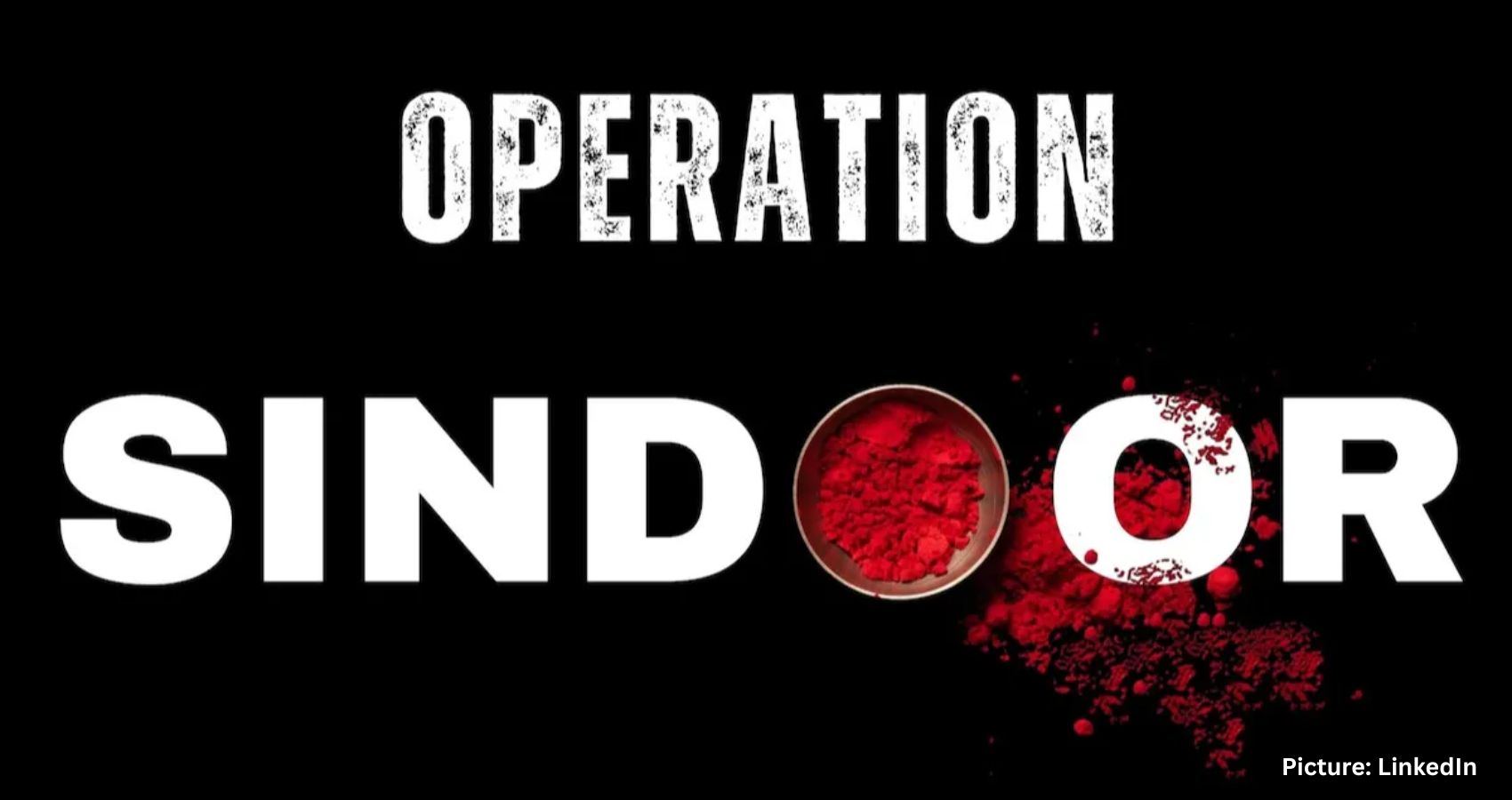
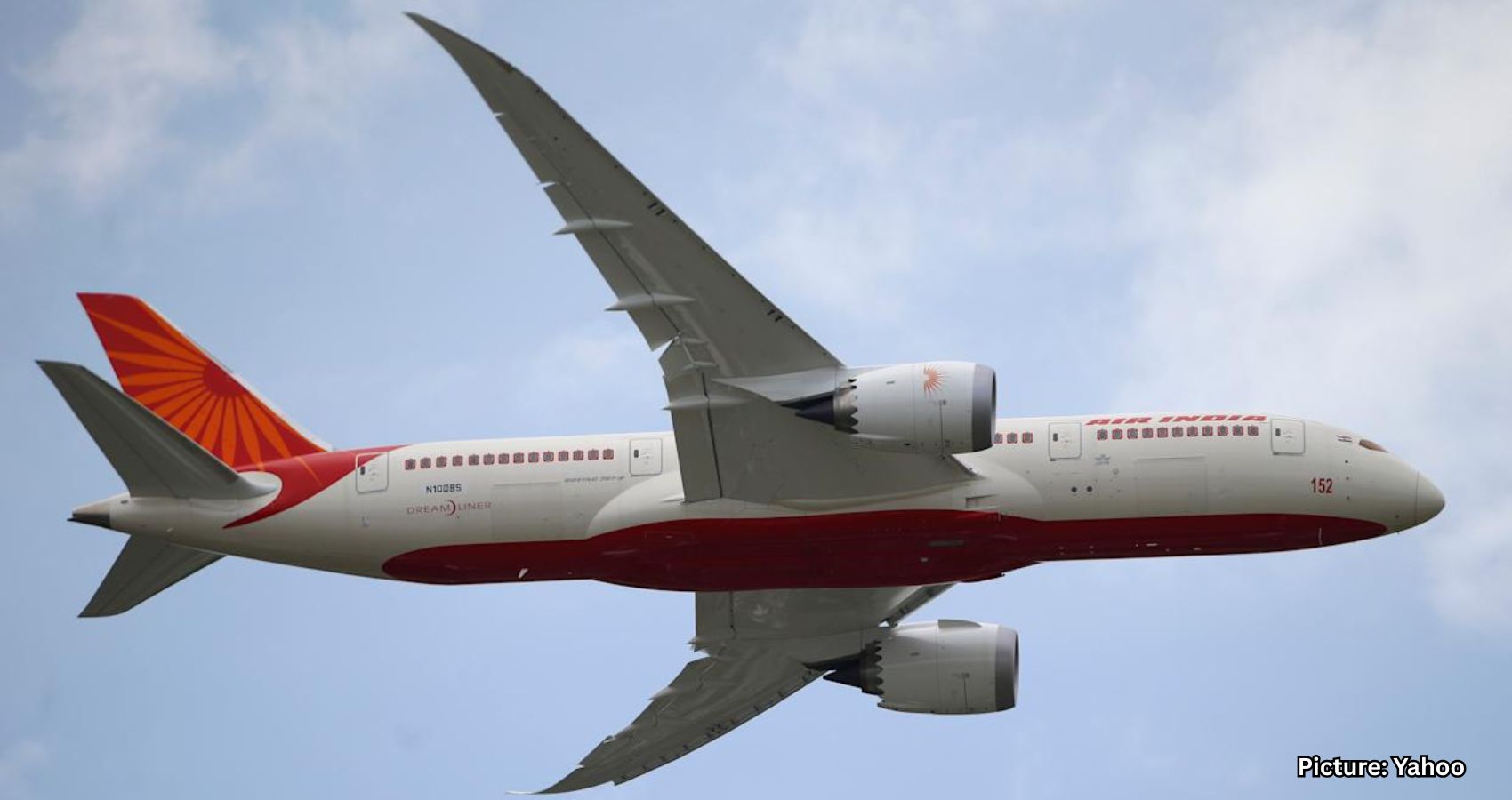

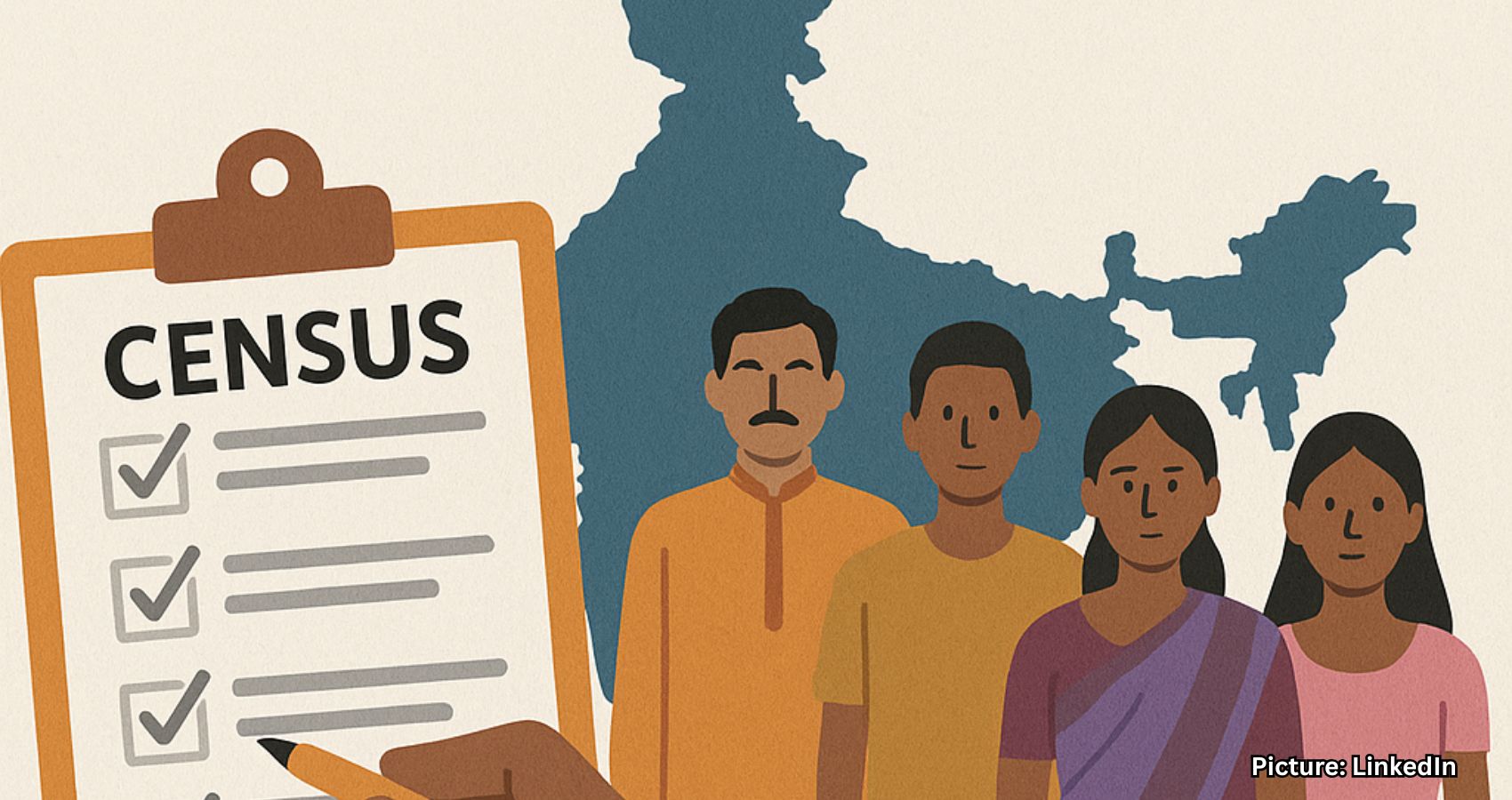
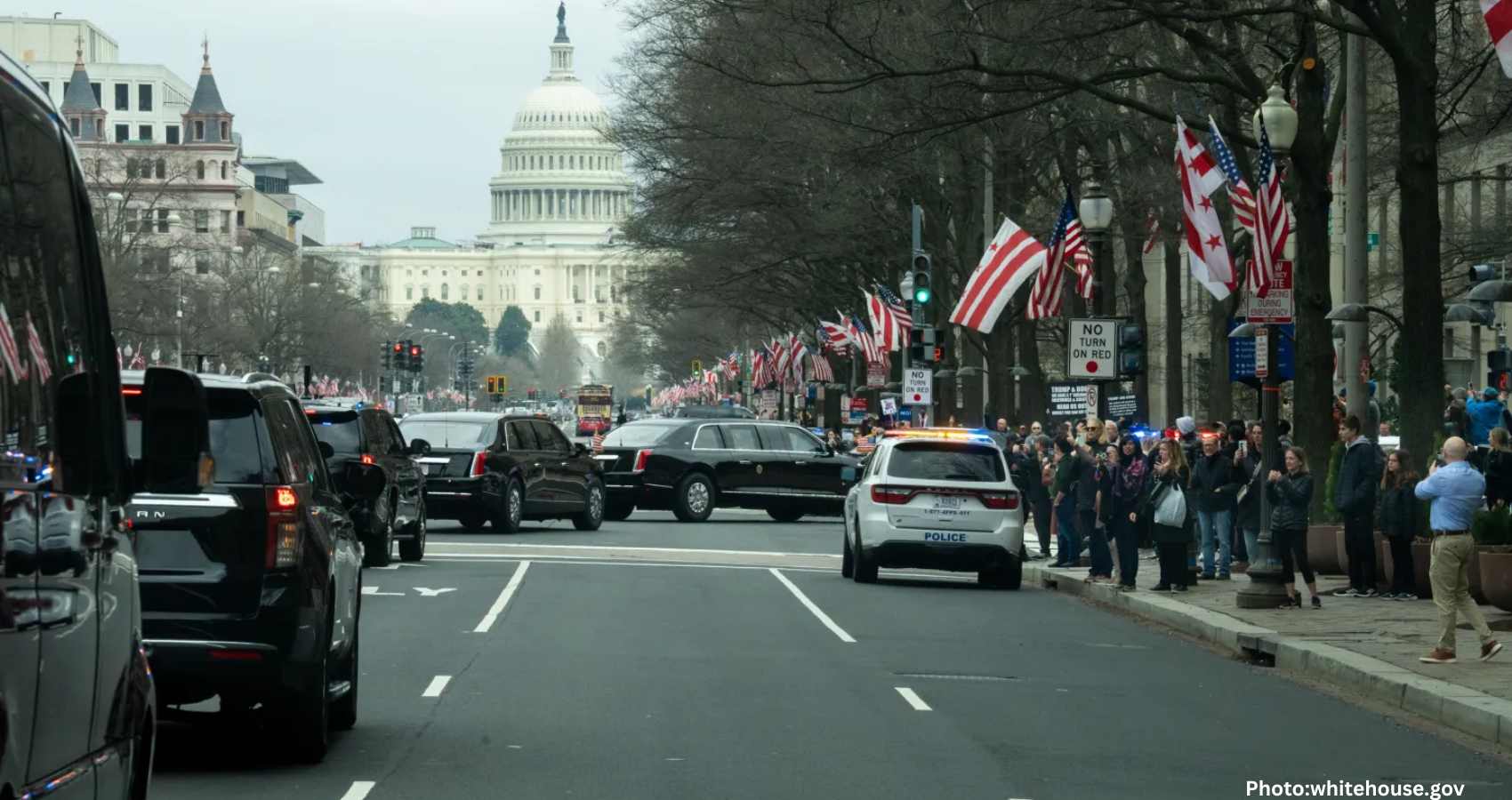

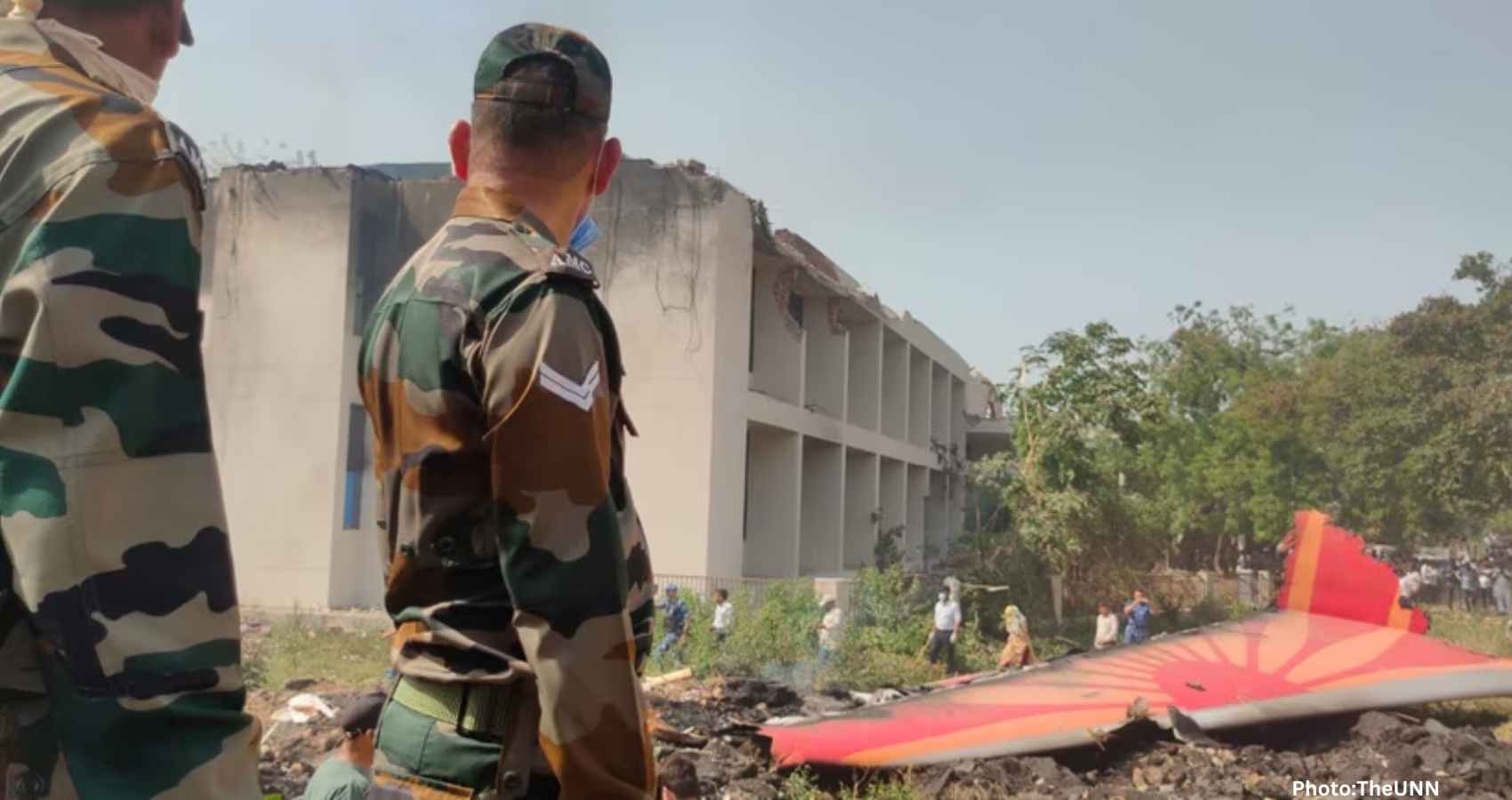

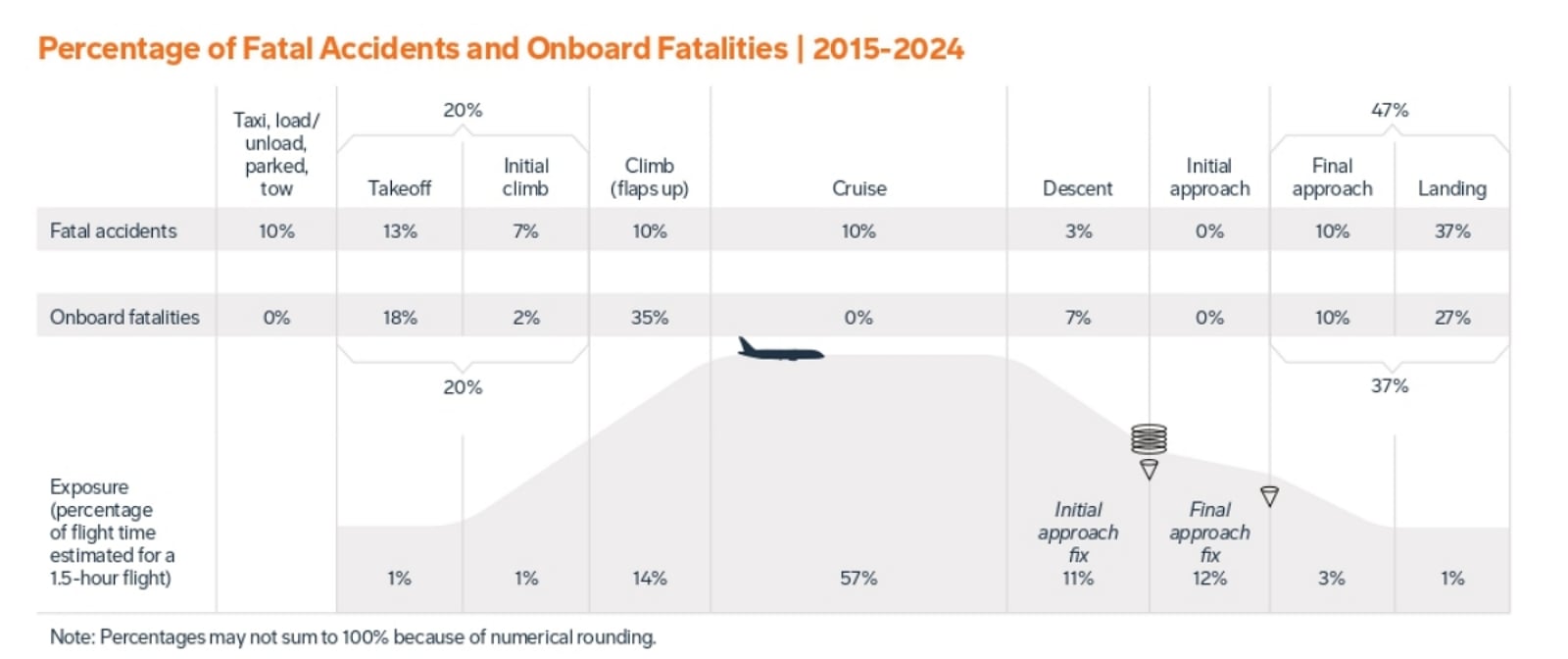
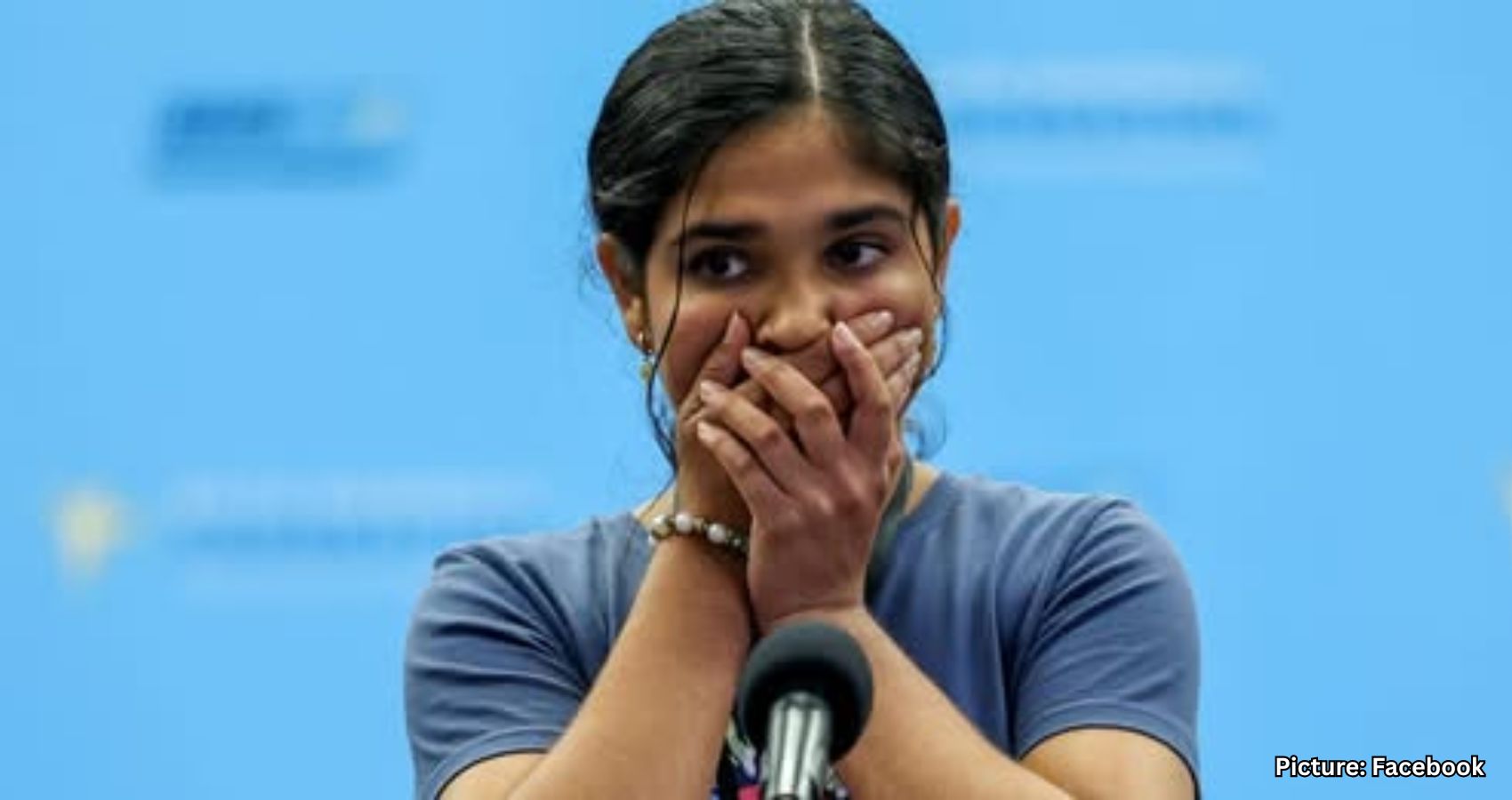

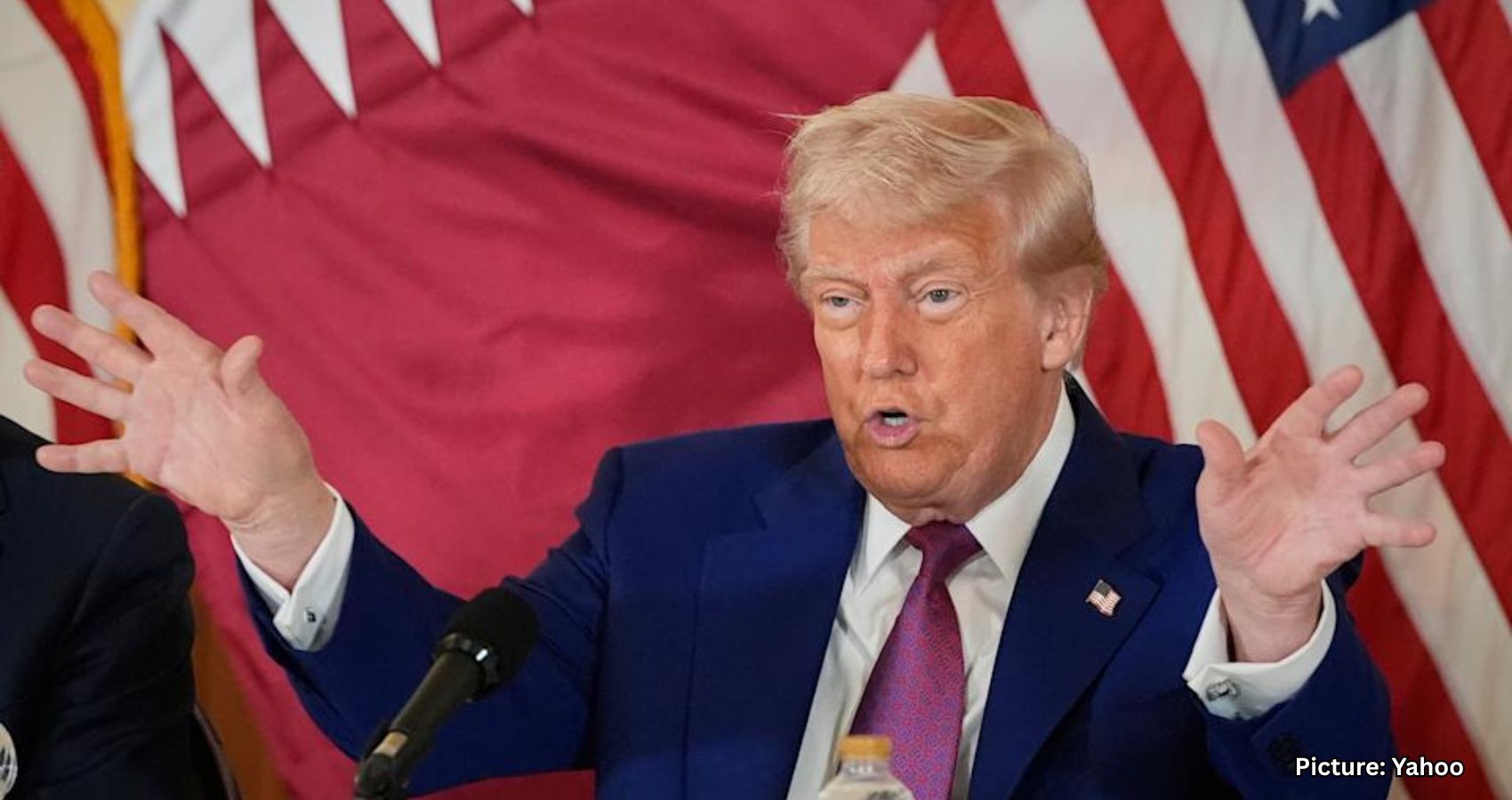
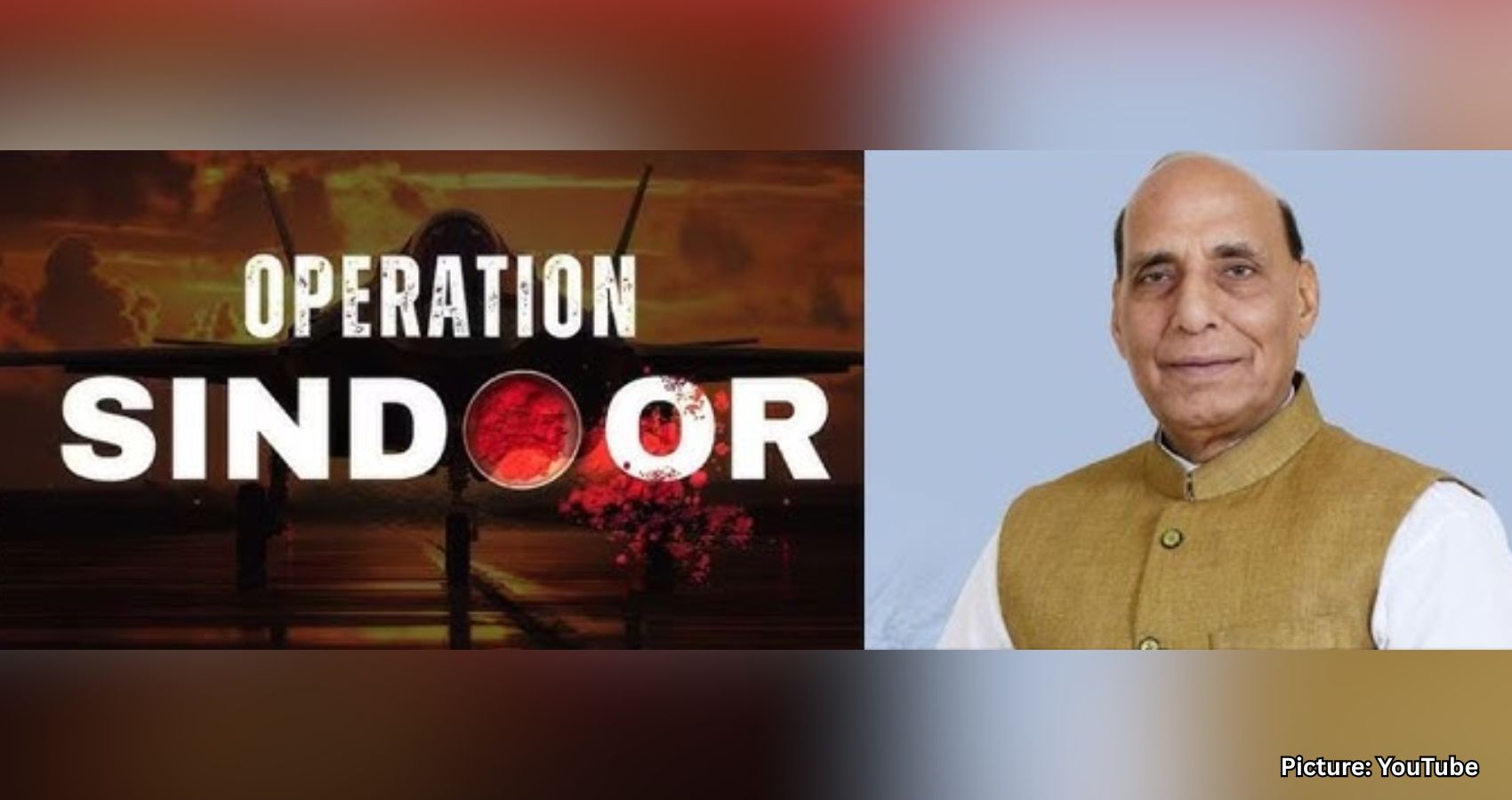
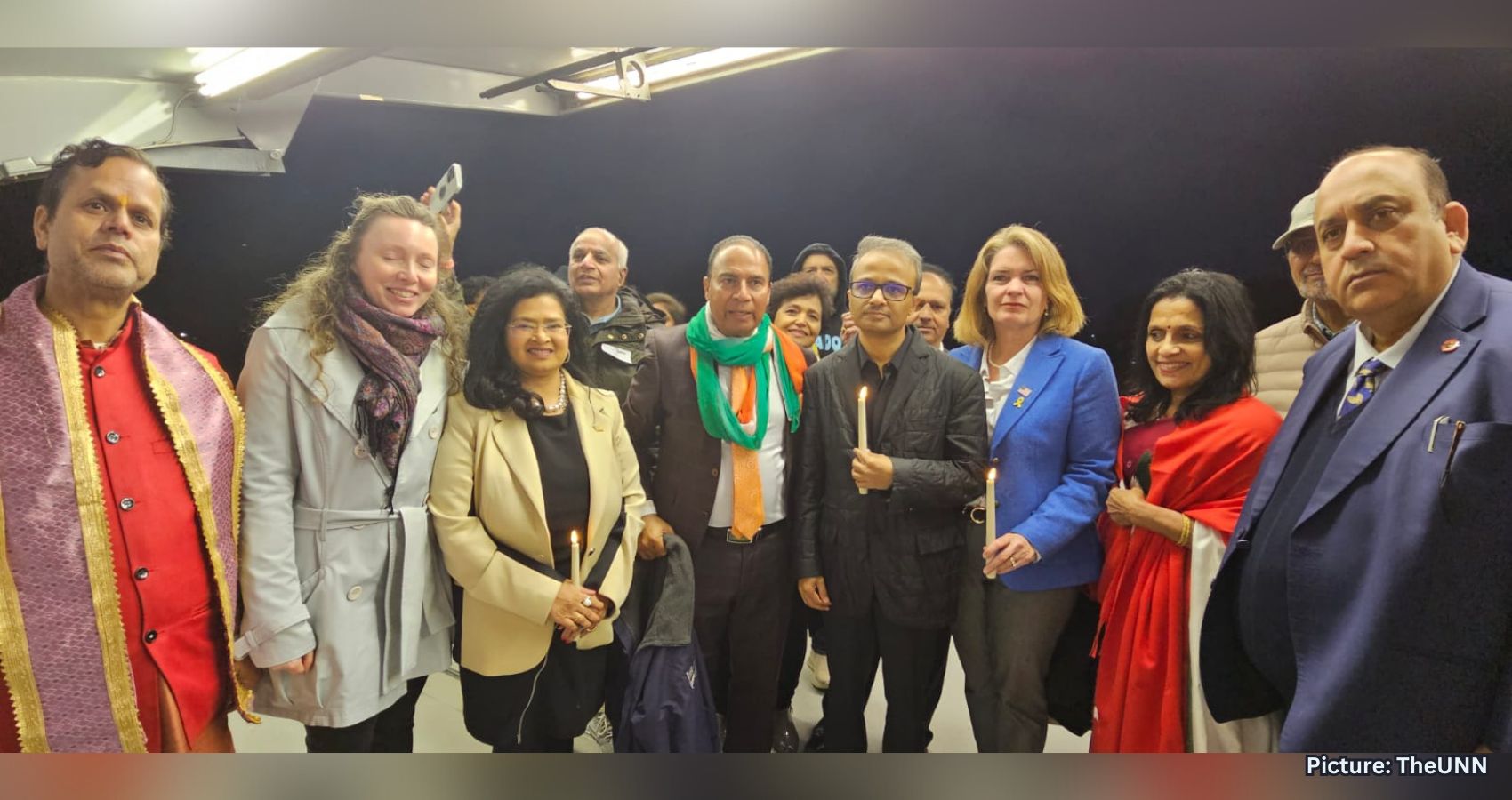
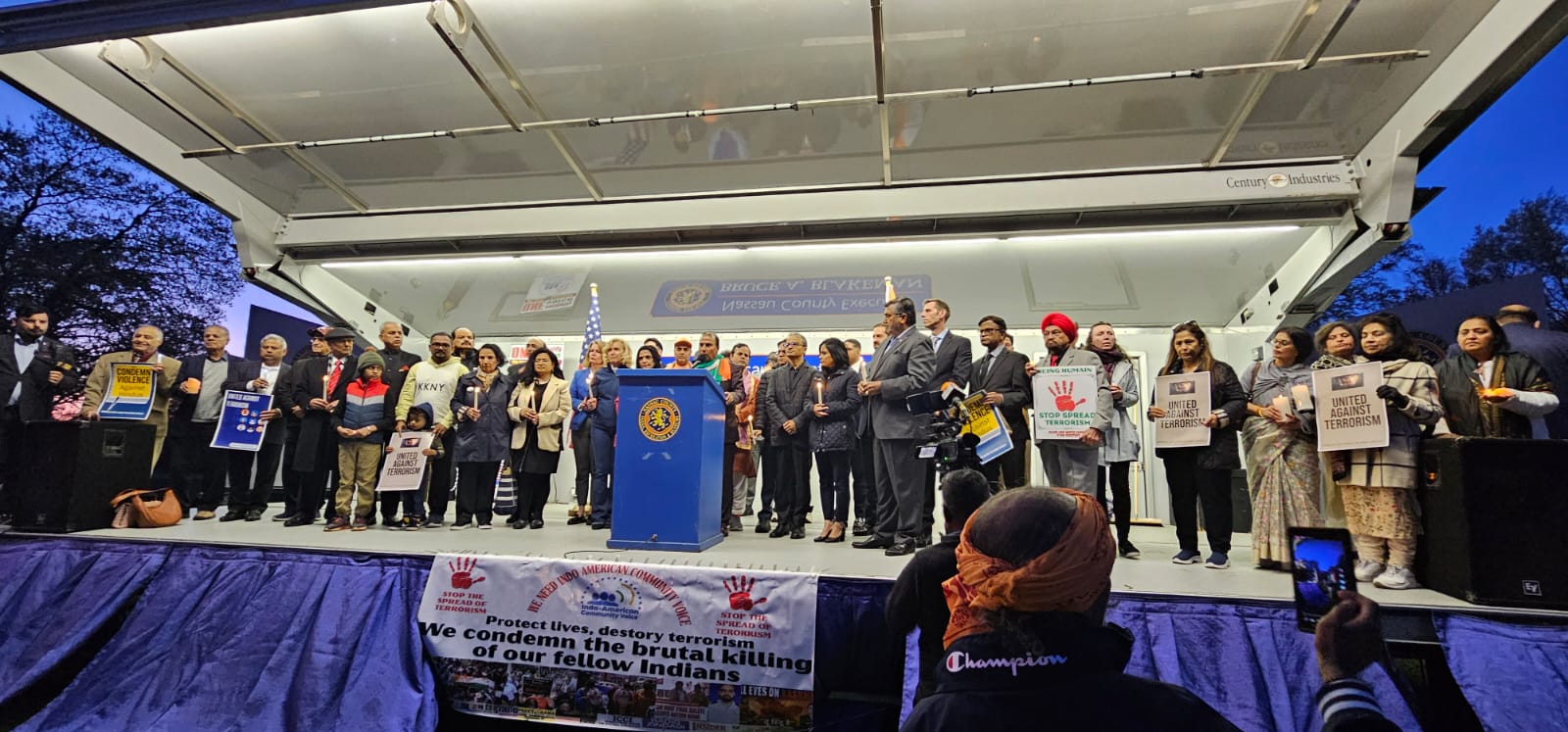 The event brought together community leaders, elected officials, and hundreds of attendees under one banner of unity and resilience. Among the key supporting organizations were: AAPI (Dr. Kishan Kumar), AIA National (Gobind Munjal), AIA NY (Beena Kothari), Arya Samaj of Long Island (Dr. Yashpal Arya & Veer Mukhi), American Malayalee Association (Thomas Joy and Hon. Kevin Thomas), FIPA (Dr. Raj Bhayani), APS (Gary Sikka & Mohinder Singh Taneja), ASAMAI Hindu Temple (Gobind Bathija), Bollywood Insider (Varinder Bhalla), FBIMA (Koshy Thomas & Dincil George), Gujarathi Samaj (Harshad Bhai Patel), HOLI (Urmila Shivaram), HSS (Jaya Patil), Humanity First (Omkar Singh), IAAC (Deepak Bansal), IANA (Vimal Goyal), IDP (Vimal Goyal & Deepak Bansal), IAF (Indu Jaiswal), IALI (Jasbir Singh), Indo American Lions Club (Anju Sharma), Indian Panorama (Prof. Inderjit Saluja), Kashmiri Overseas Association (Dr. Virender Hak & Mohan Wanchoo), KKNY (Raghu Ranganath), LIDC (Paul Bindra), LILC (Pinky Jaggi), Lotus in the Mud (Parveen Chopra), MAHIMA (Dr. Purushotaman Panicker), NYTTA (Vani S. Anugu), RANA (Neelam Modi), SAAWA (Dr. Anila Midha), SAAWO (Suhag Mehta), South Asian Times (Kamlesh Mehta), Soul of Hindutva (Gobind Singh Negi), TANA (Deepika Sammeta), TLCA (Sumant Ram), Tri-State Events (Atul Sharma), TTA (Jaya Prakash Enjapuri), The World Voice (Mukesh Modi), Vaishnav Temple (Anil Shah), VHI (Nayan Kisnadwala), WVV (Rakesh Bhargav), and YICG (Rathi Raja)—demonstrating a united front in the face of tragedy.
The event brought together community leaders, elected officials, and hundreds of attendees under one banner of unity and resilience. Among the key supporting organizations were: AAPI (Dr. Kishan Kumar), AIA National (Gobind Munjal), AIA NY (Beena Kothari), Arya Samaj of Long Island (Dr. Yashpal Arya & Veer Mukhi), American Malayalee Association (Thomas Joy and Hon. Kevin Thomas), FIPA (Dr. Raj Bhayani), APS (Gary Sikka & Mohinder Singh Taneja), ASAMAI Hindu Temple (Gobind Bathija), Bollywood Insider (Varinder Bhalla), FBIMA (Koshy Thomas & Dincil George), Gujarathi Samaj (Harshad Bhai Patel), HOLI (Urmila Shivaram), HSS (Jaya Patil), Humanity First (Omkar Singh), IAAC (Deepak Bansal), IANA (Vimal Goyal), IDP (Vimal Goyal & Deepak Bansal), IAF (Indu Jaiswal), IALI (Jasbir Singh), Indo American Lions Club (Anju Sharma), Indian Panorama (Prof. Inderjit Saluja), Kashmiri Overseas Association (Dr. Virender Hak & Mohan Wanchoo), KKNY (Raghu Ranganath), LIDC (Paul Bindra), LILC (Pinky Jaggi), Lotus in the Mud (Parveen Chopra), MAHIMA (Dr. Purushotaman Panicker), NYTTA (Vani S. Anugu), RANA (Neelam Modi), SAAWA (Dr. Anila Midha), SAAWO (Suhag Mehta), South Asian Times (Kamlesh Mehta), Soul of Hindutva (Gobind Singh Negi), TANA (Deepika Sammeta), TLCA (Sumant Ram), Tri-State Events (Atul Sharma), TTA (Jaya Prakash Enjapuri), The World Voice (Mukesh Modi), Vaishnav Temple (Anil Shah), VHI (Nayan Kisnadwala), WVV (Rakesh Bhargav), and YICG (Rathi Raja)—demonstrating a united front in the face of tragedy.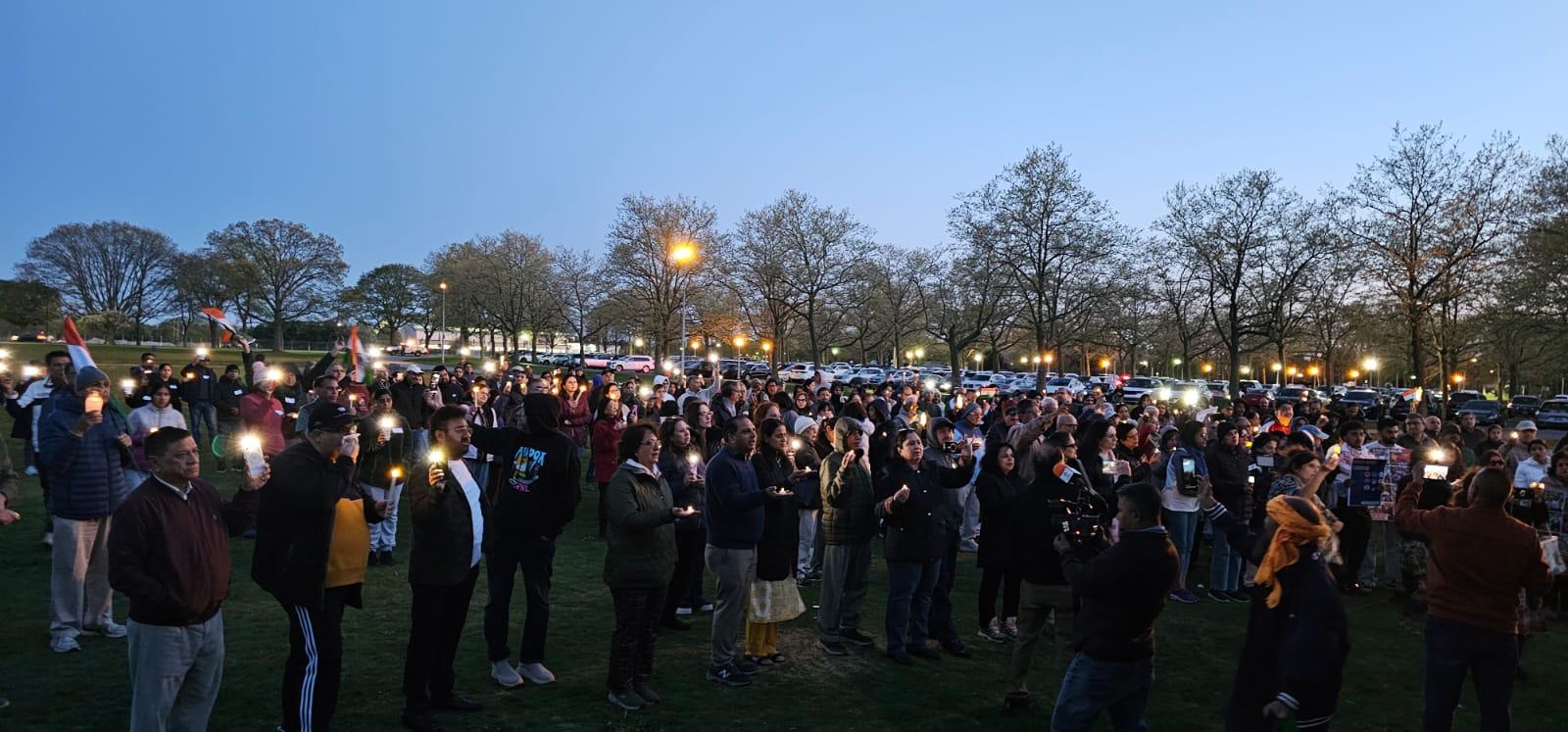 Nassau County Comptroller Elaine Phillips, North Hempstead Town Supervisor Jennifer DeSena, NY Senator Kevin Thomas, Town Clerk Ragini Srivastava, Councilman Edward Scott, and Wioleta D’Souza, Human Rights Commissioner – Nassau County, each sharing messages of sympathy, support, and solidarity. Several officials sent representatives, including County Executive Bruce Blakeman (via Elaine Phillips), Chuck Schumer, US. Senate Minority Leader for United Staes Senate (Taranbir Kaur), Oyster Bay Supervisor Joseph Saladino (Harry Malhotra), and Governor Kathy Hochul (Joey Ramirez).
Nassau County Comptroller Elaine Phillips, North Hempstead Town Supervisor Jennifer DeSena, NY Senator Kevin Thomas, Town Clerk Ragini Srivastava, Councilman Edward Scott, and Wioleta D’Souza, Human Rights Commissioner – Nassau County, each sharing messages of sympathy, support, and solidarity. Several officials sent representatives, including County Executive Bruce Blakeman (via Elaine Phillips), Chuck Schumer, US. Senate Minority Leader for United Staes Senate (Taranbir Kaur), Oyster Bay Supervisor Joseph Saladino (Harry Malhotra), and Governor Kathy Hochul (Joey Ramirez).
